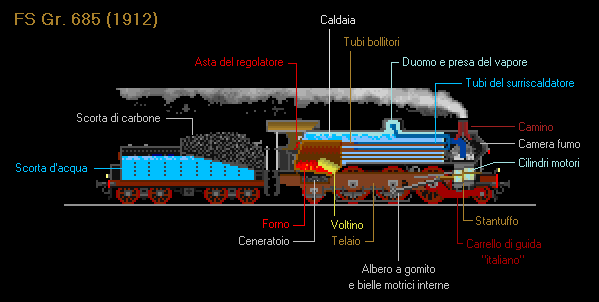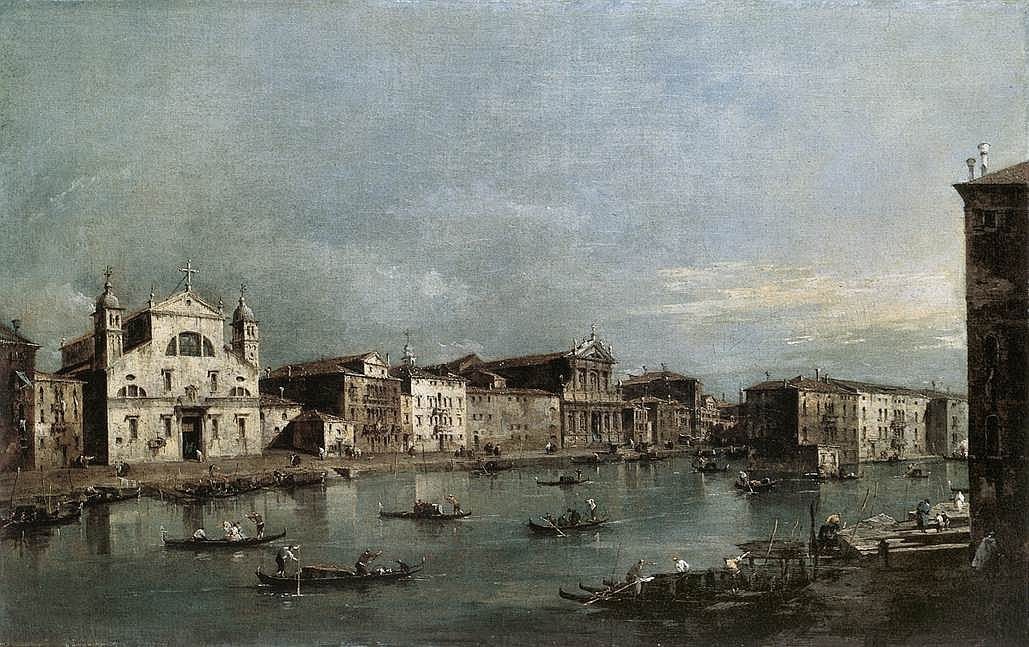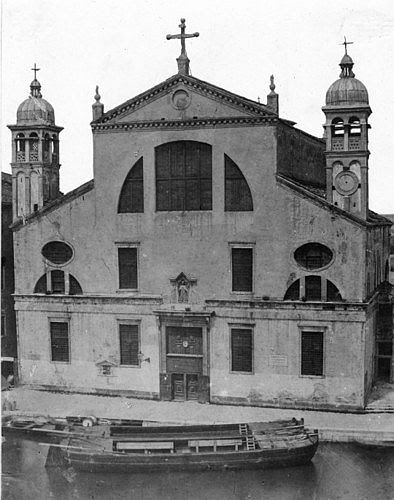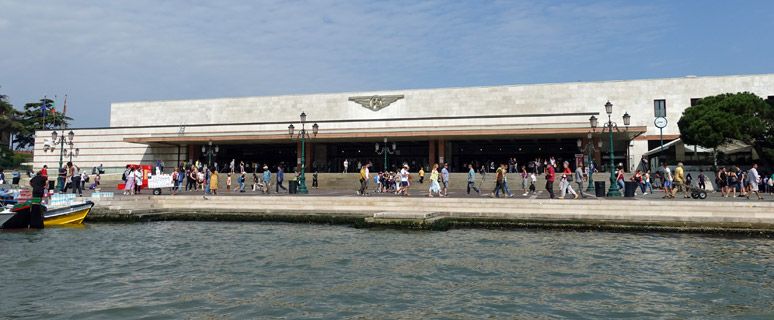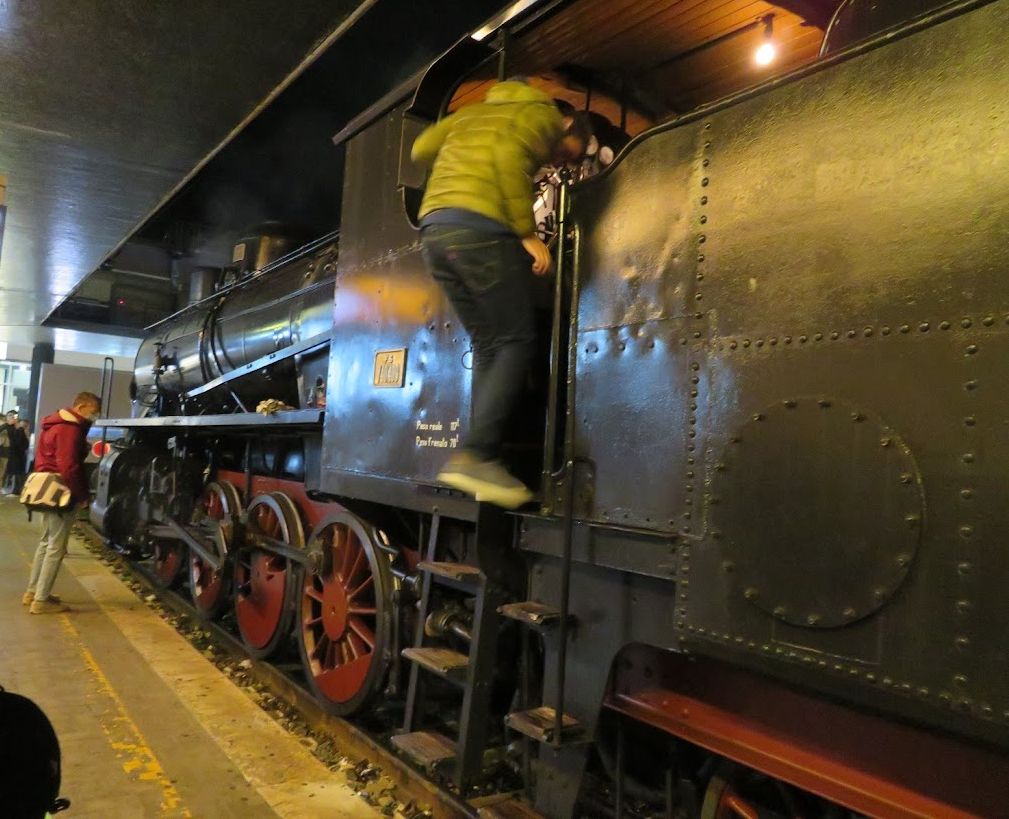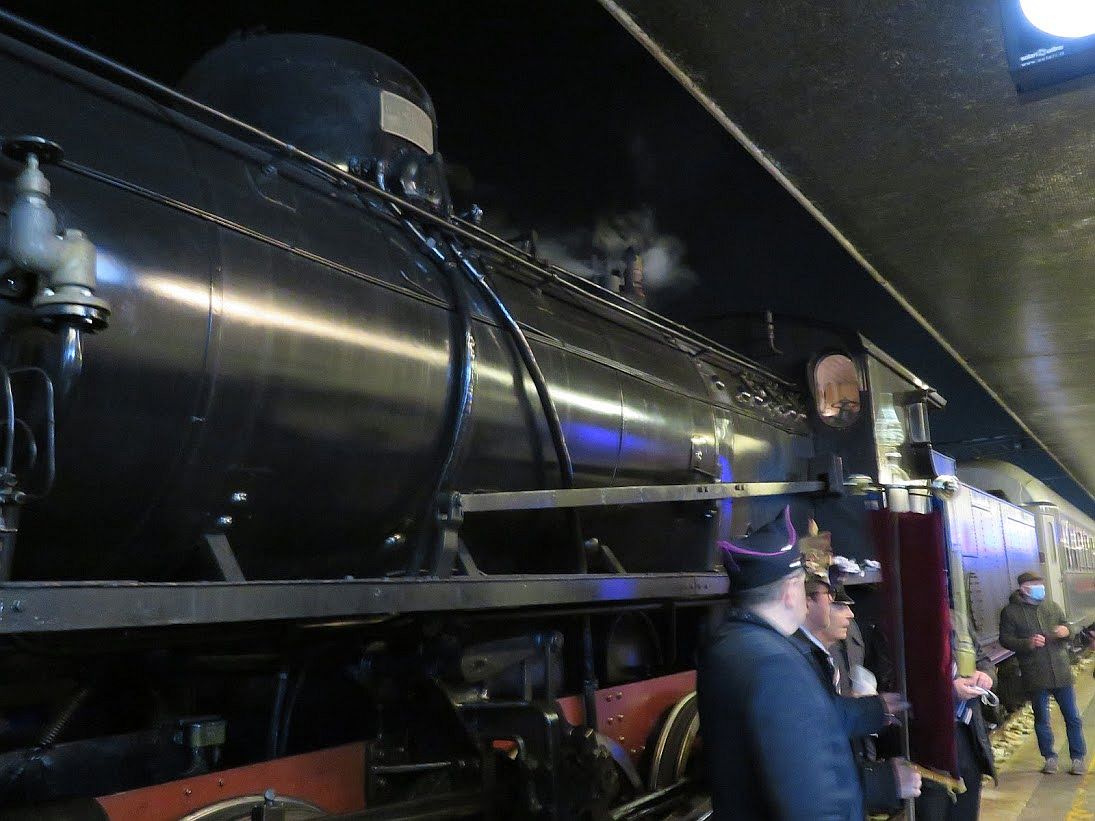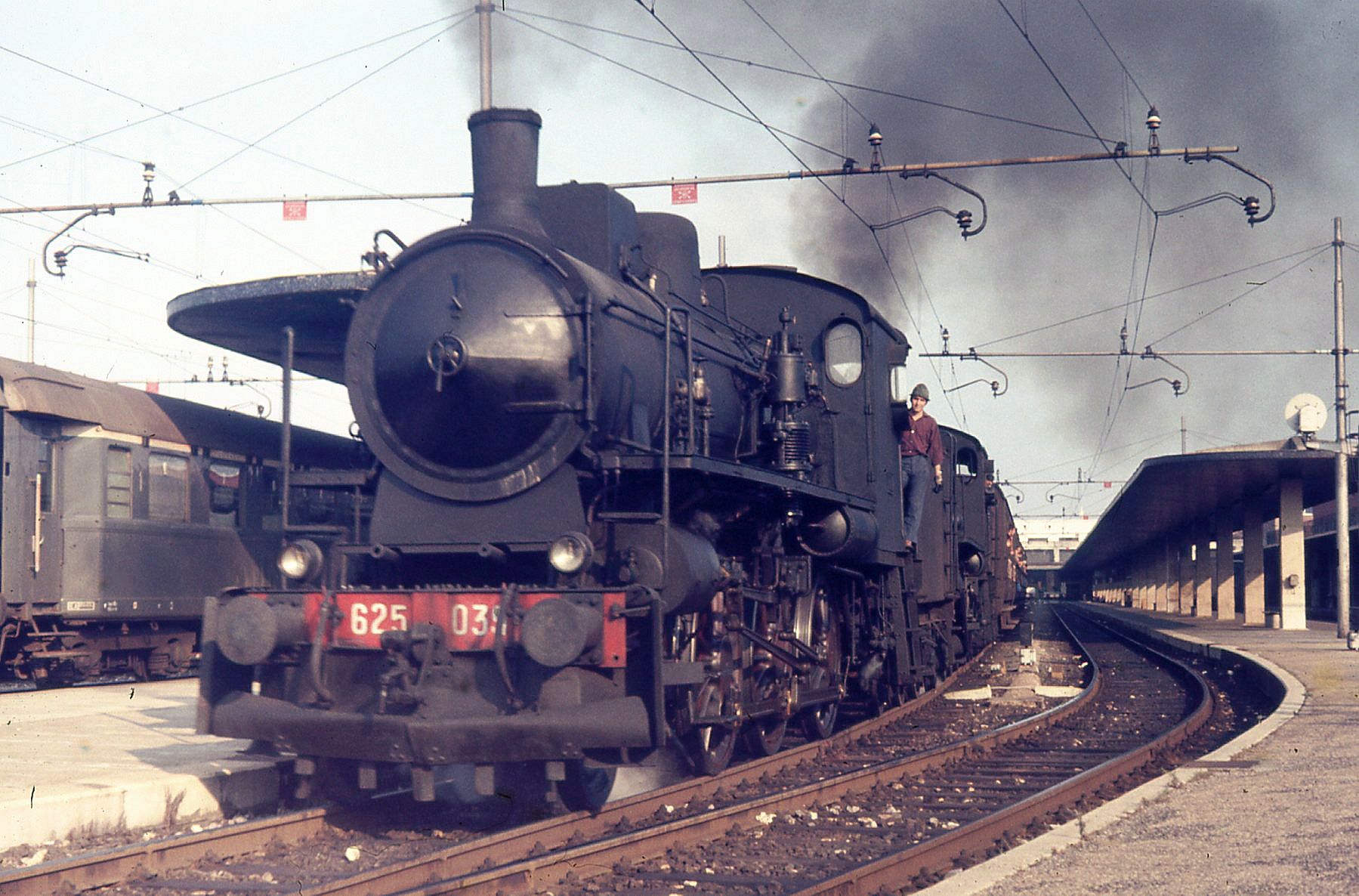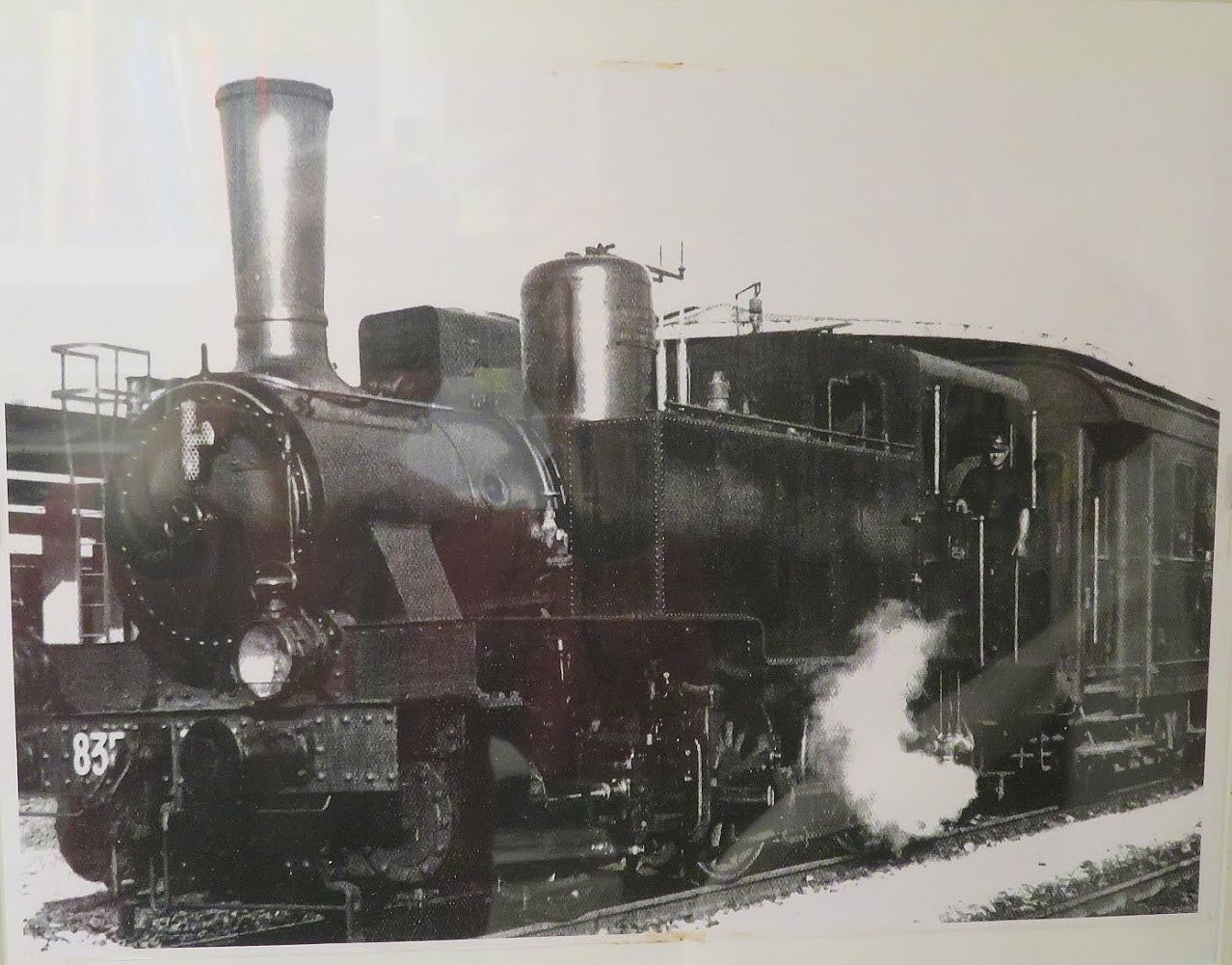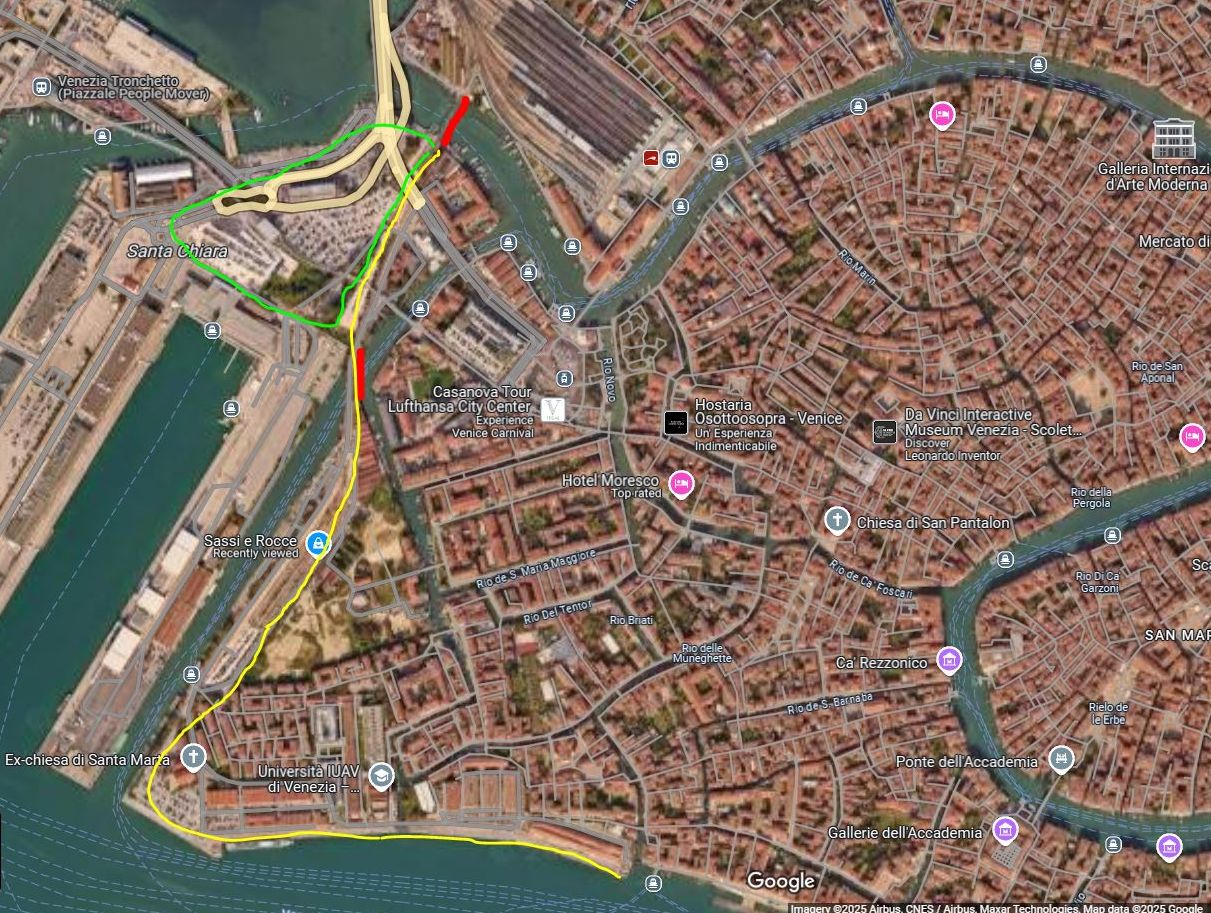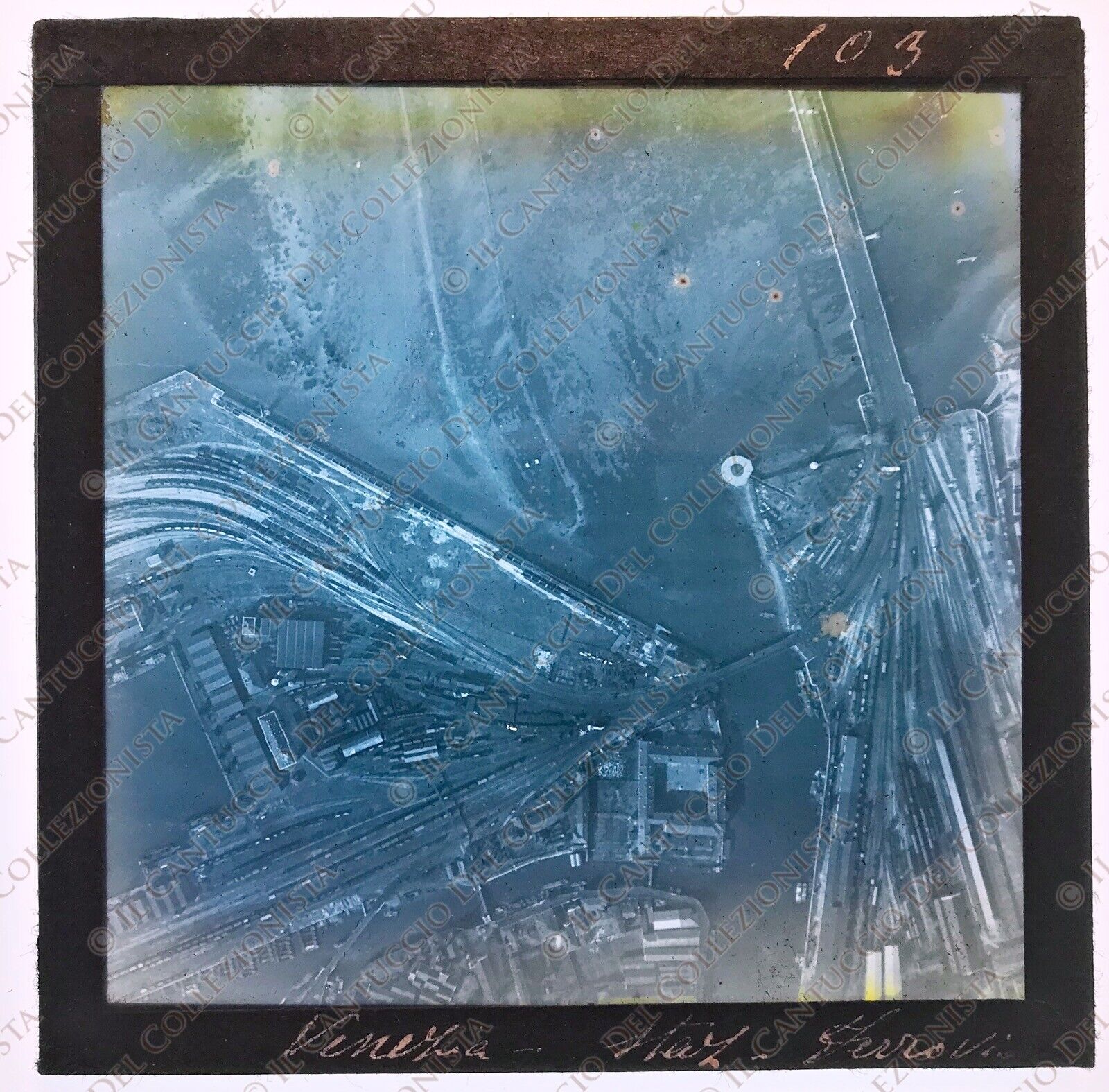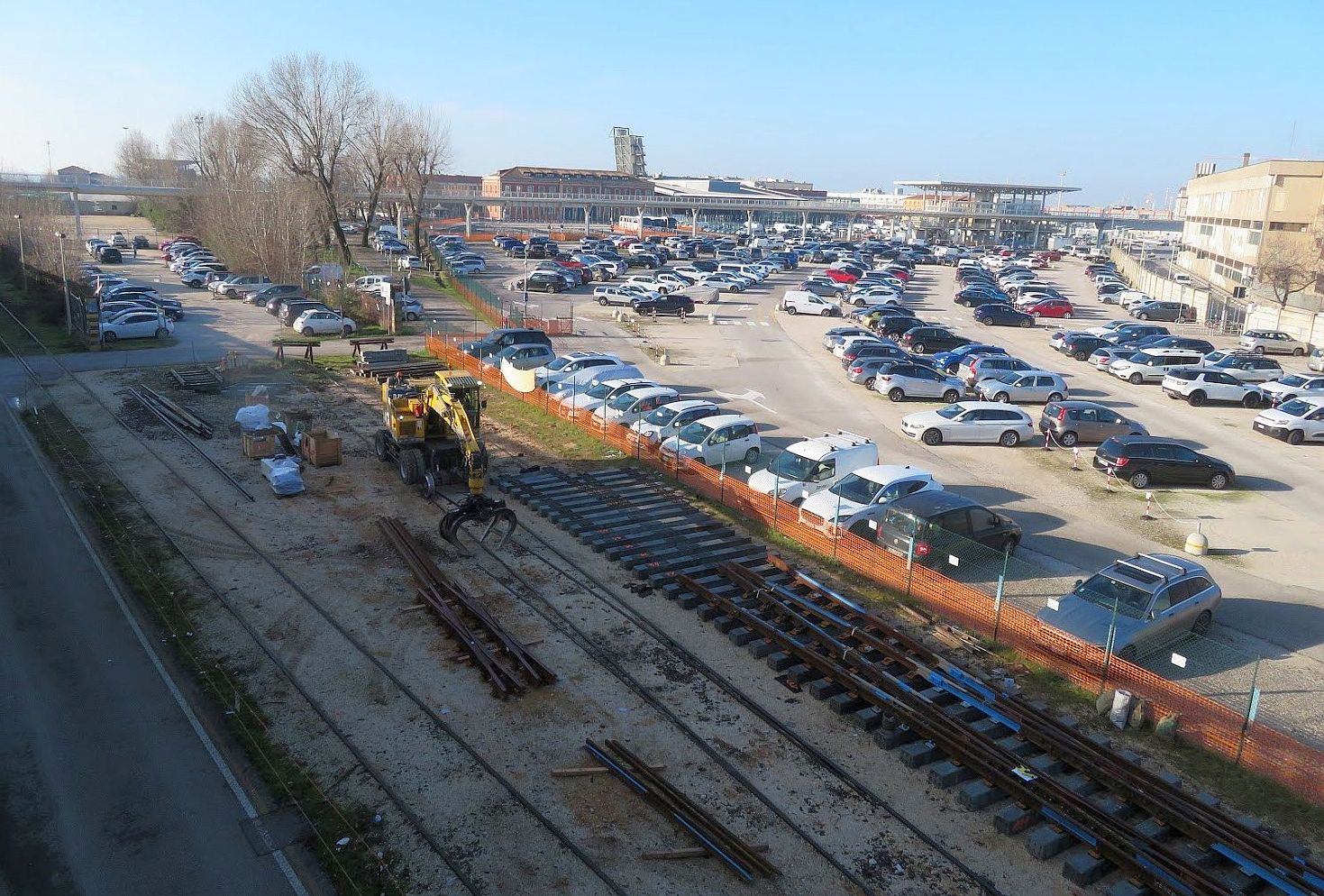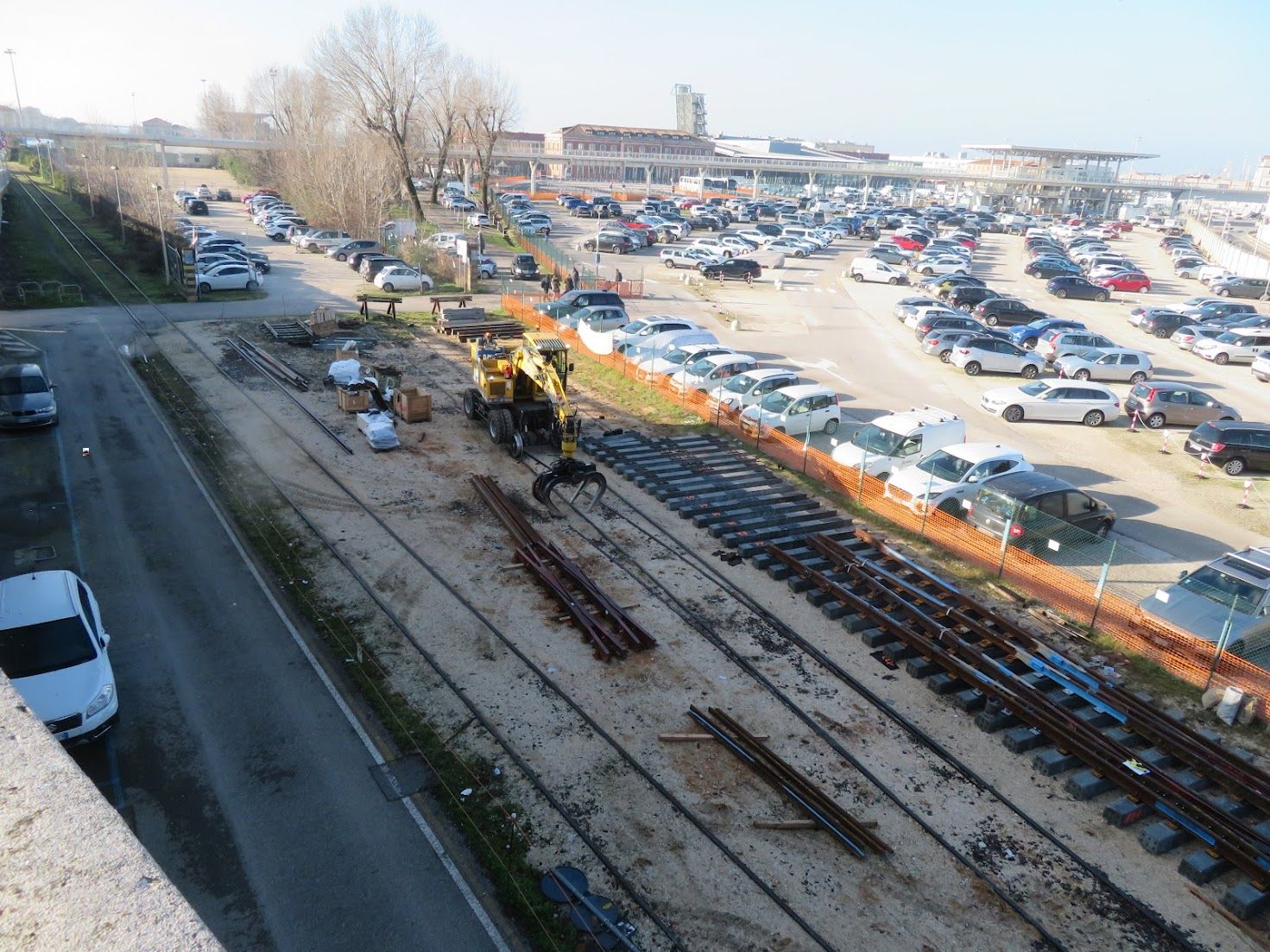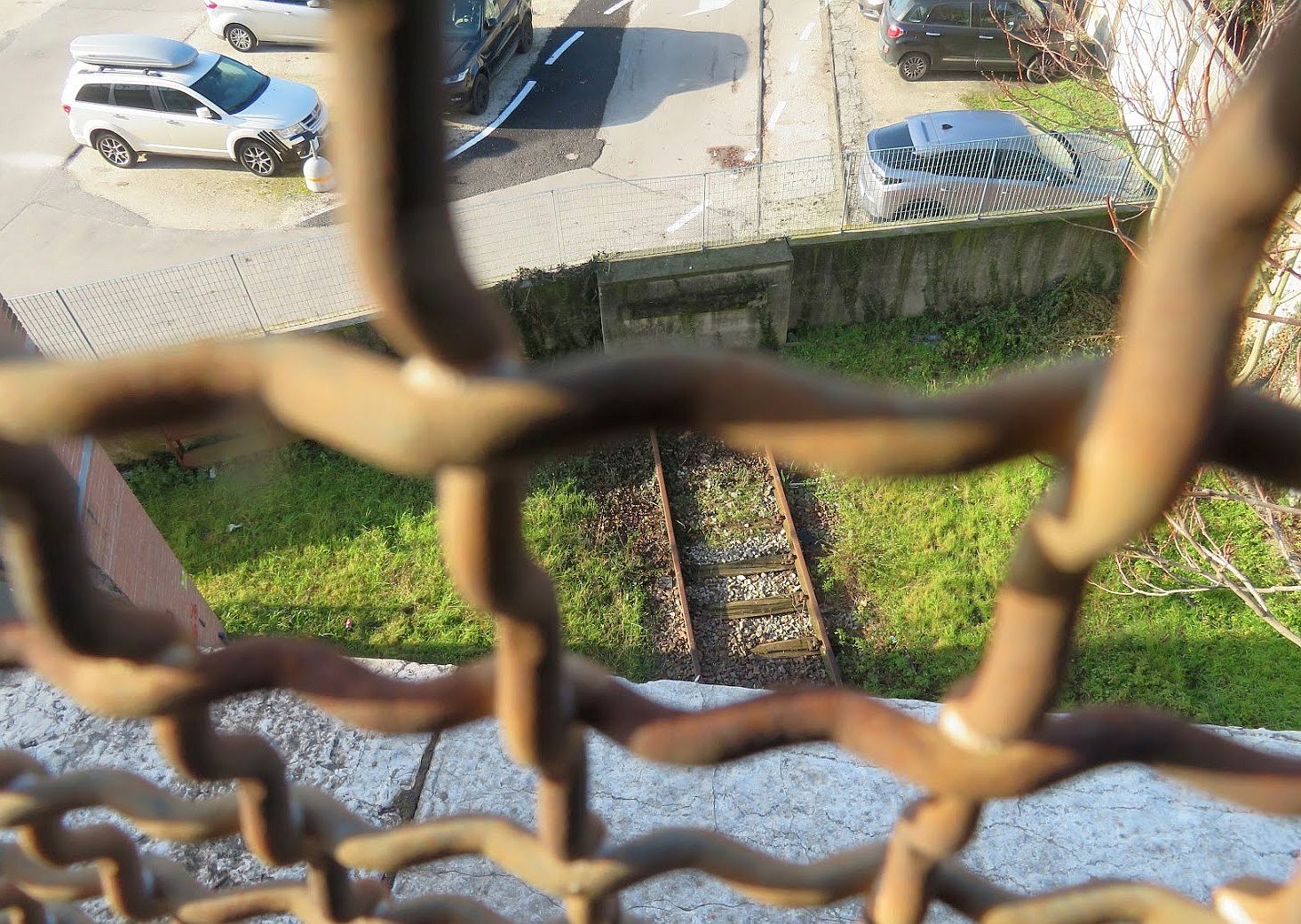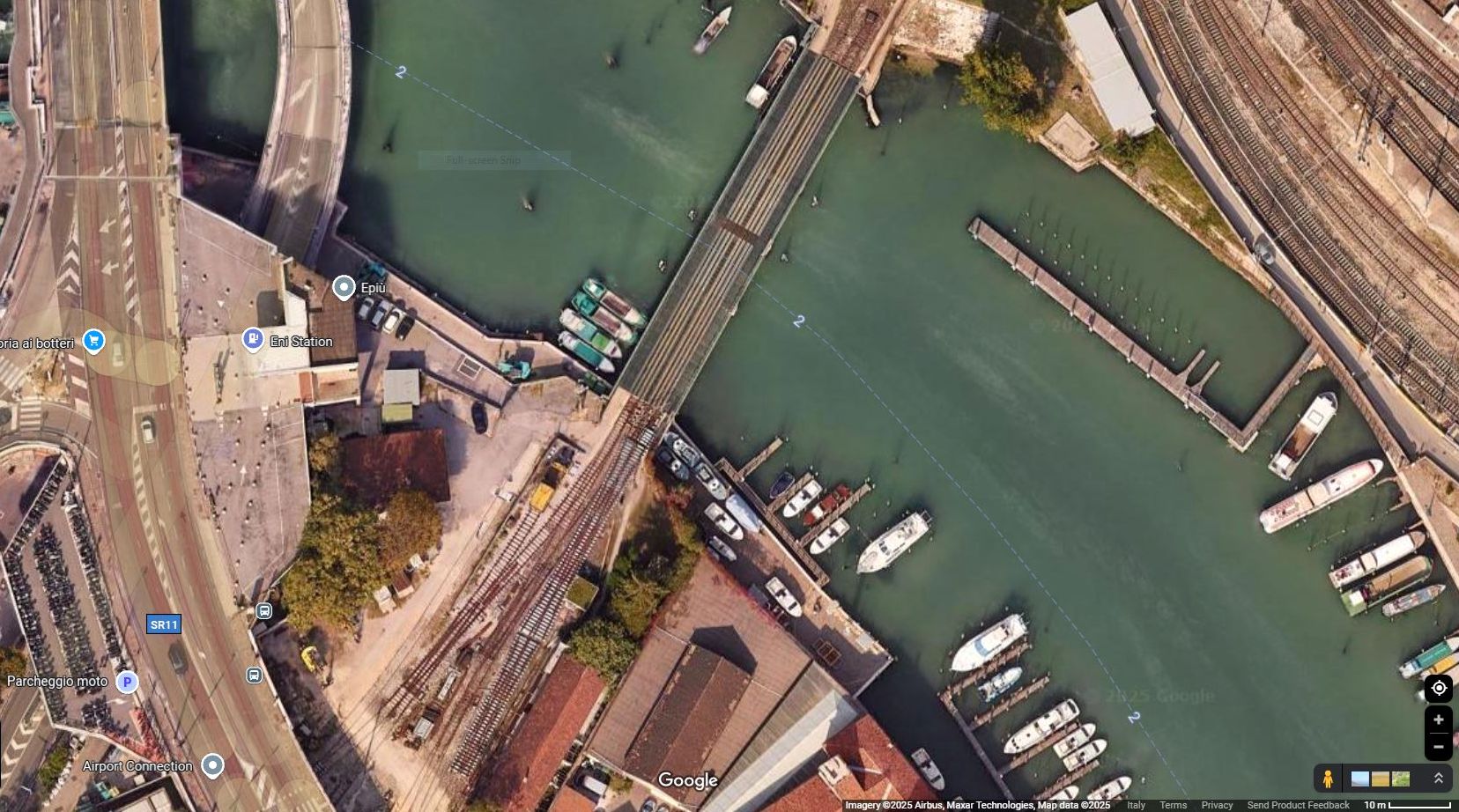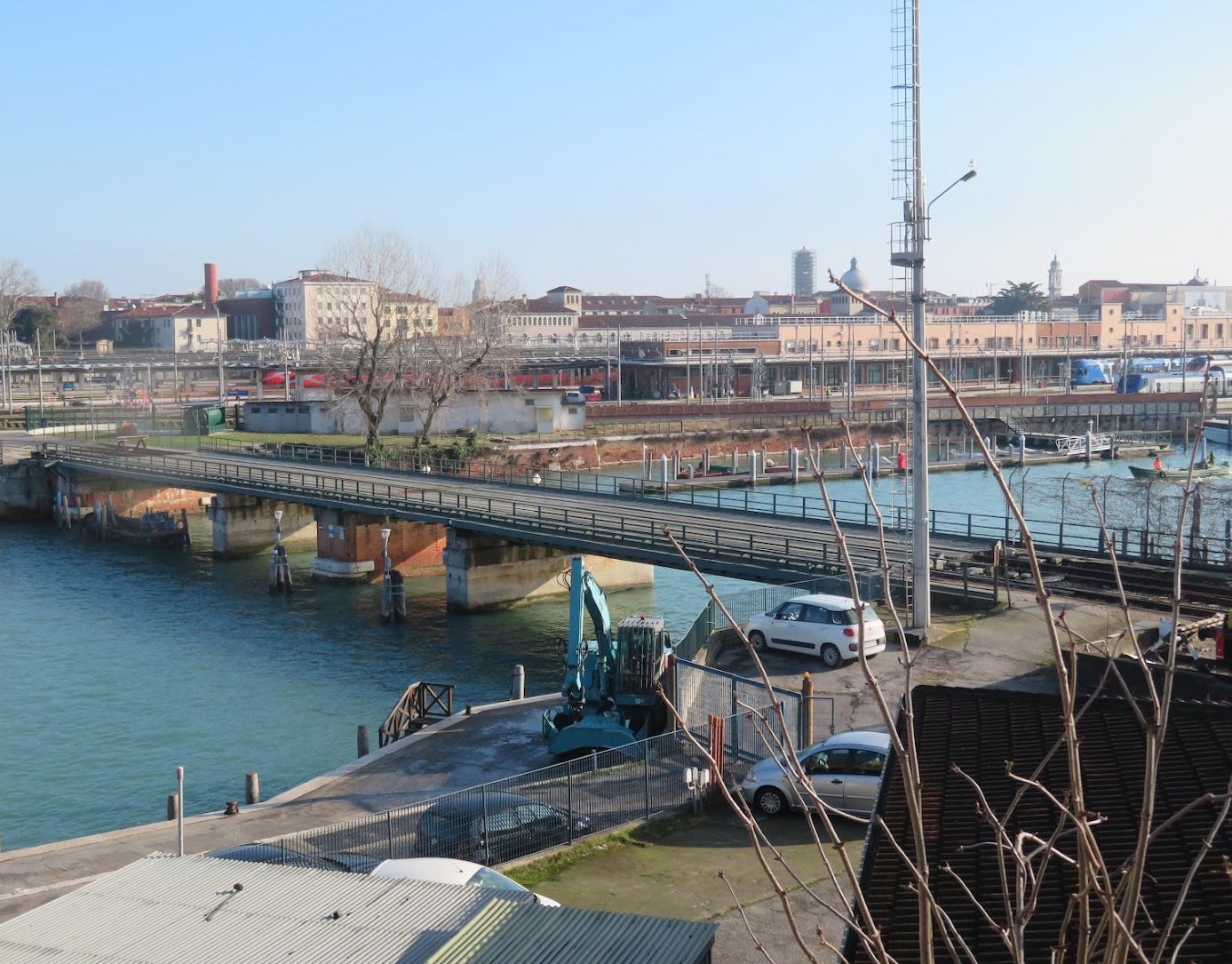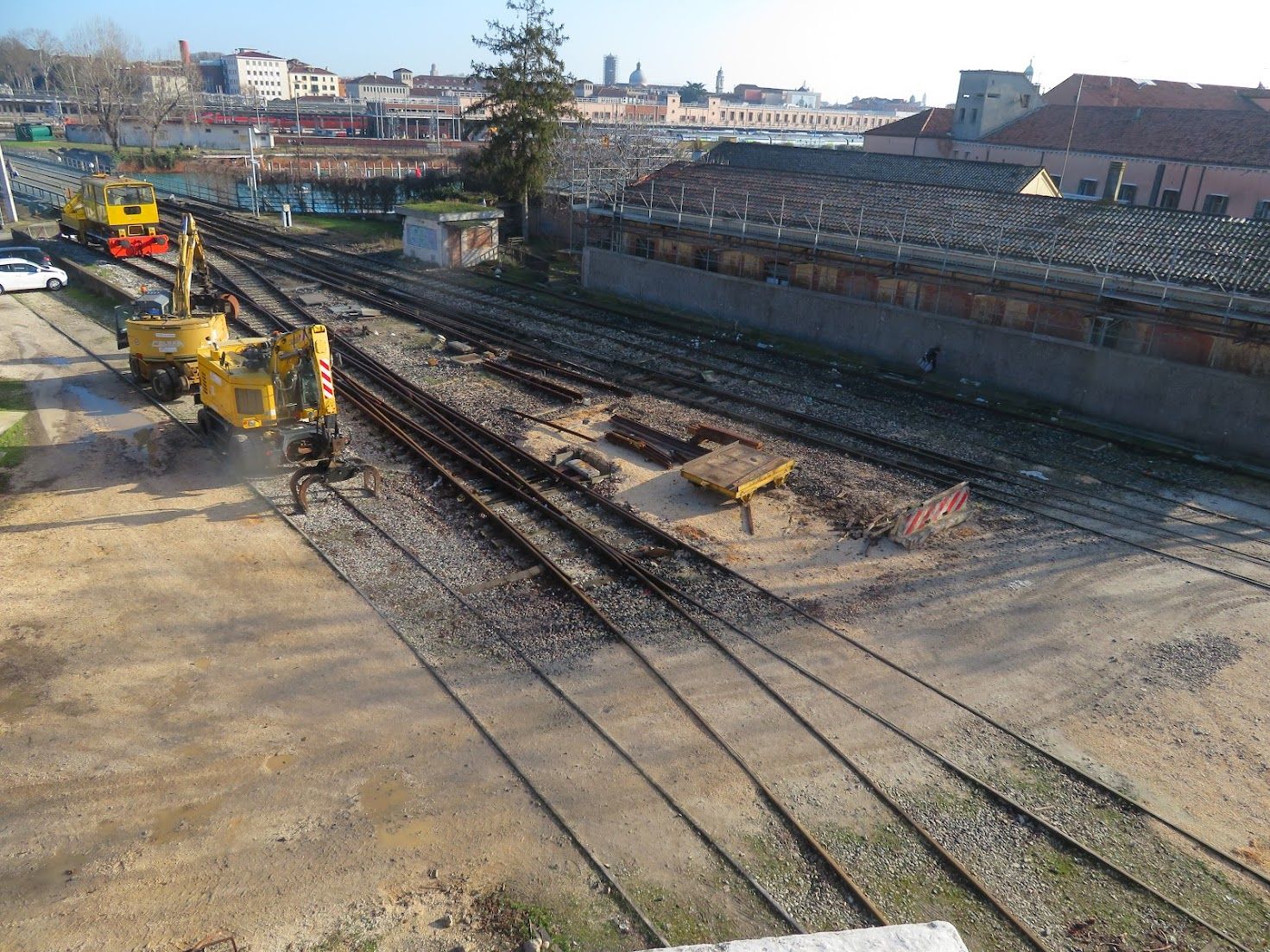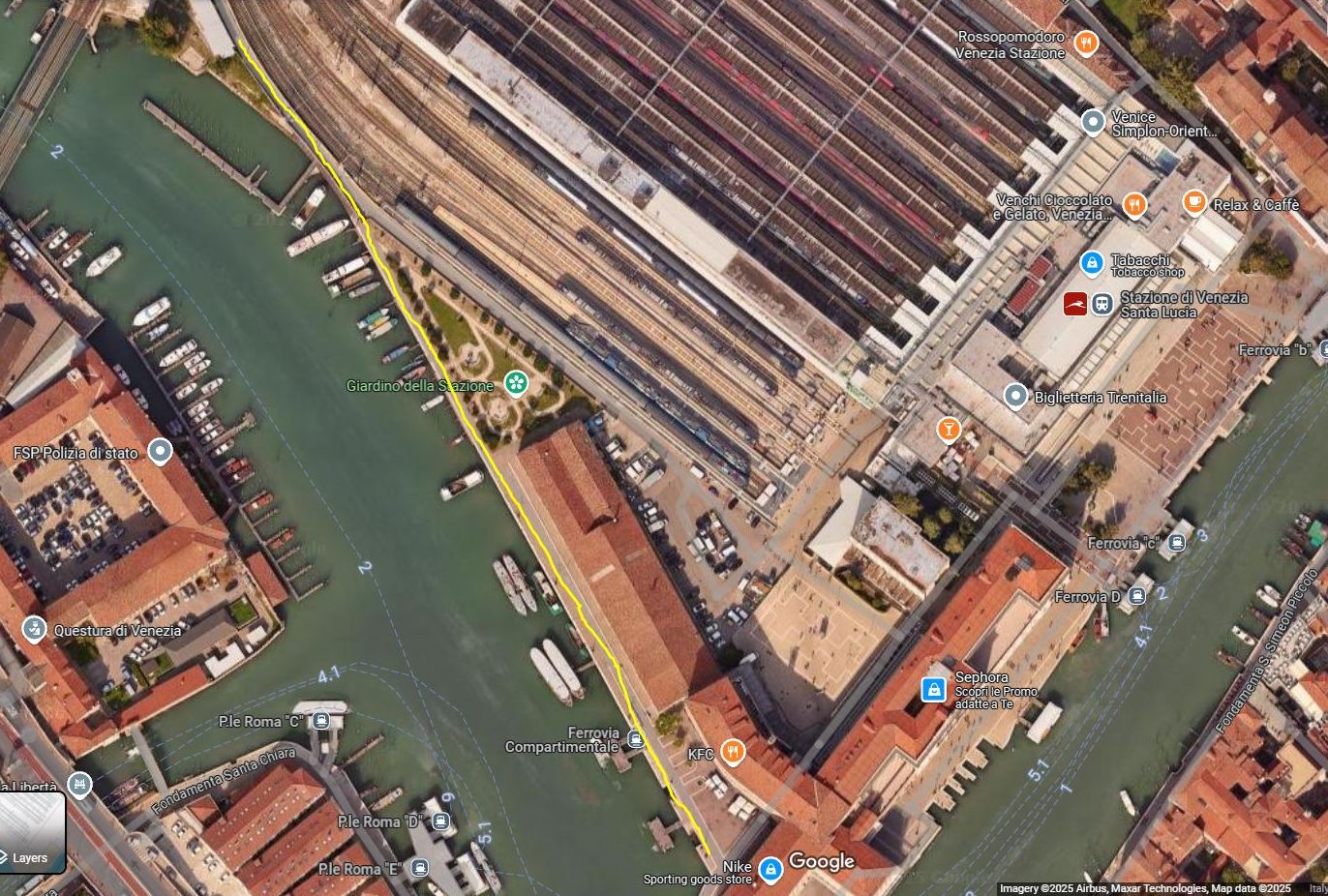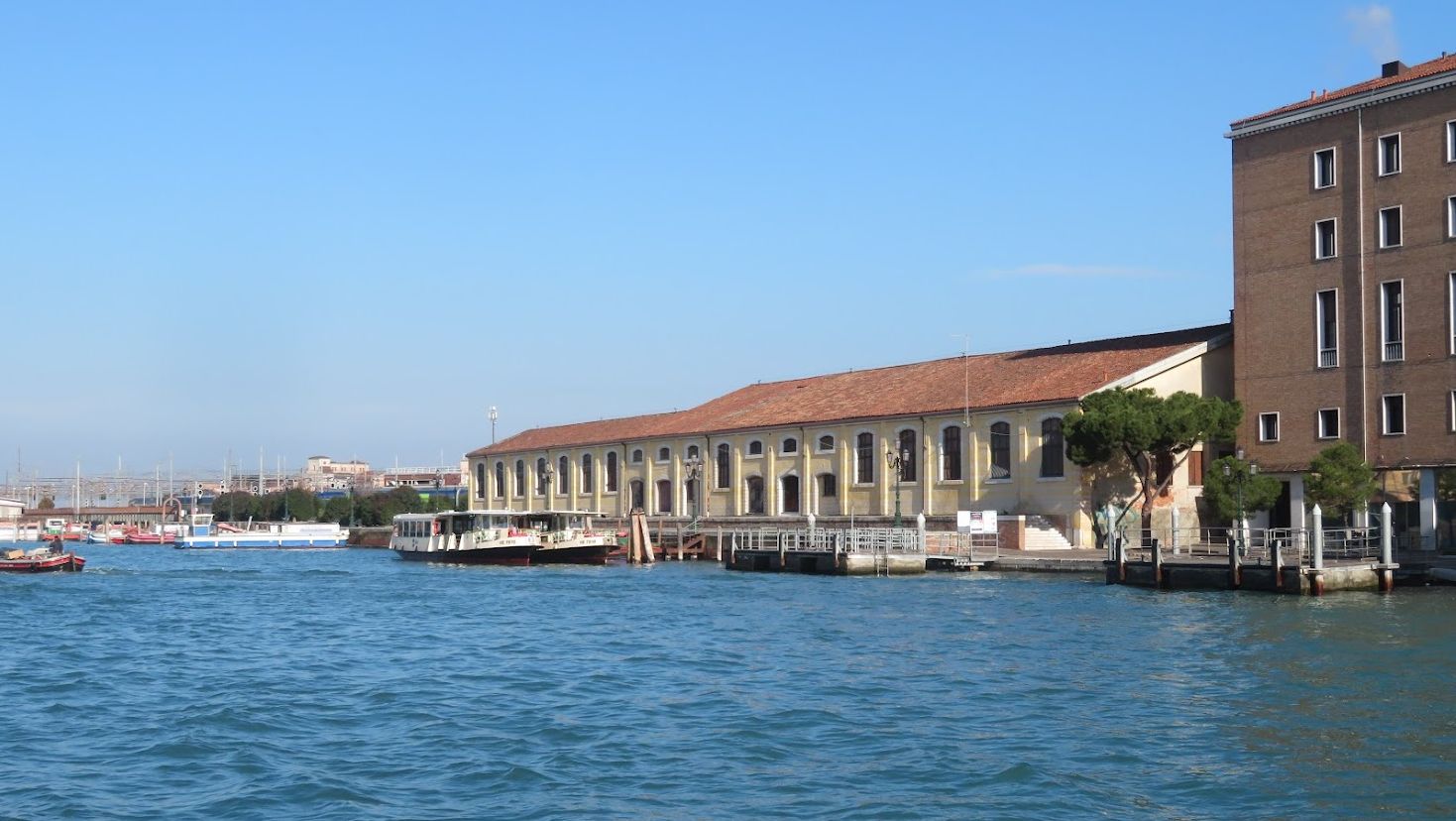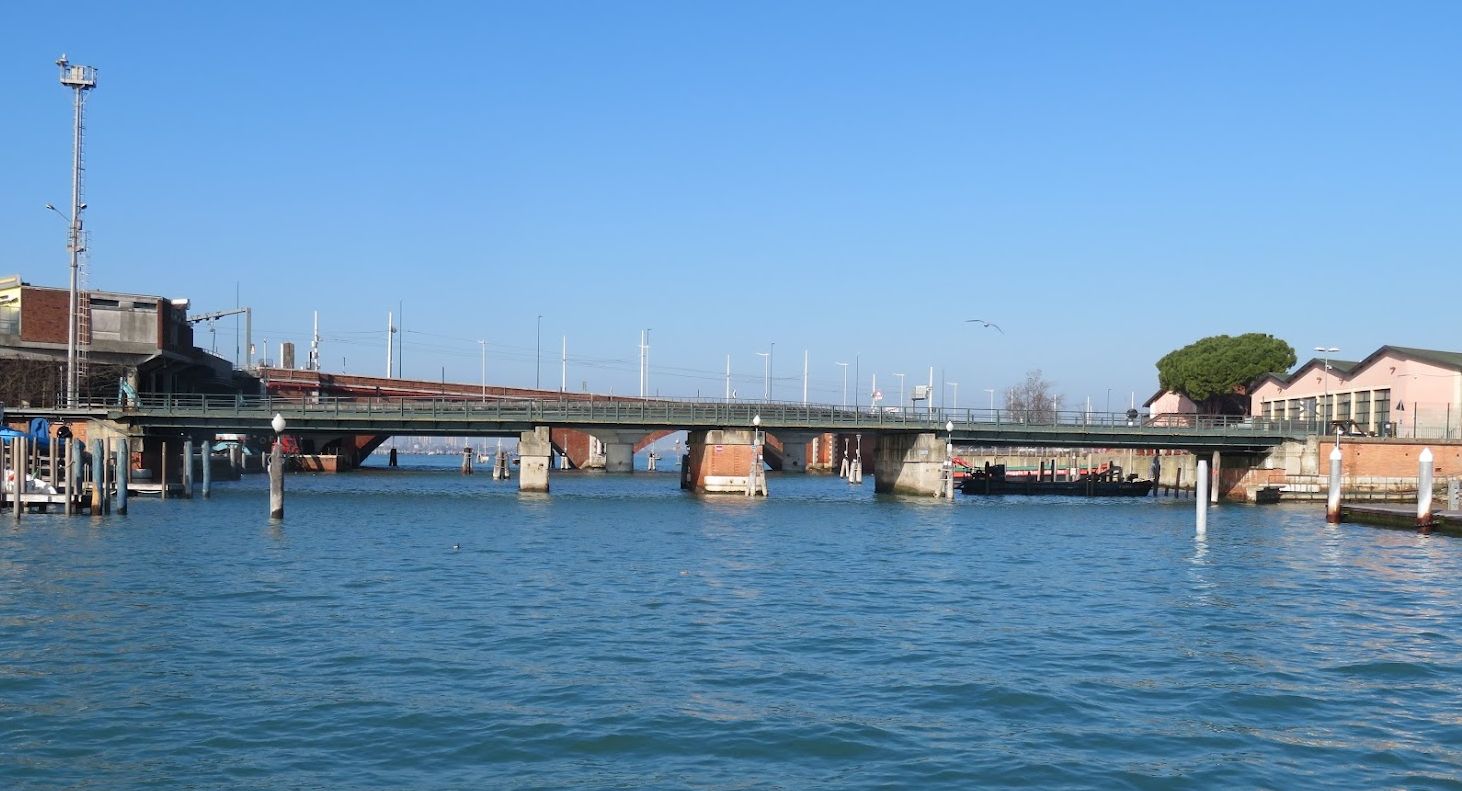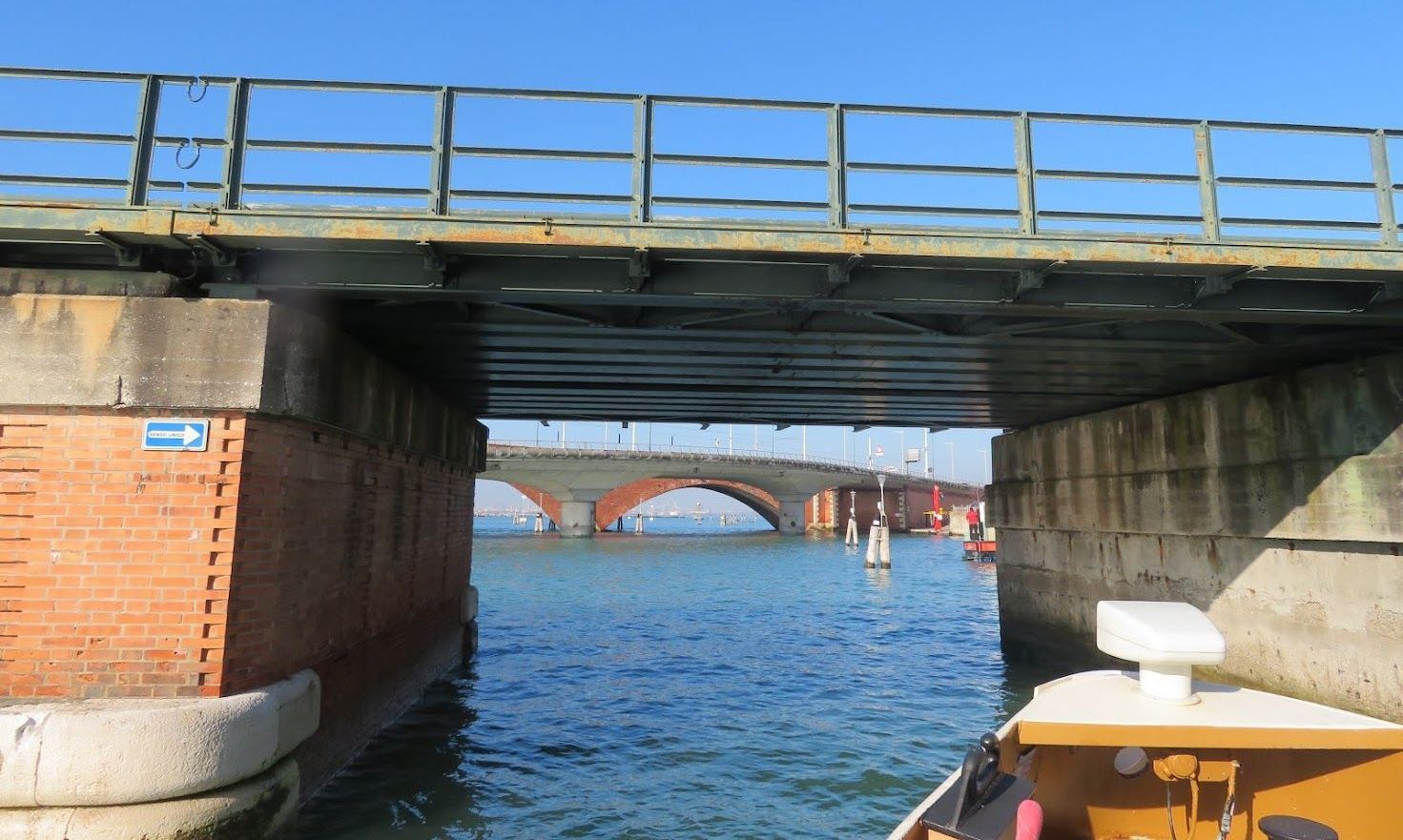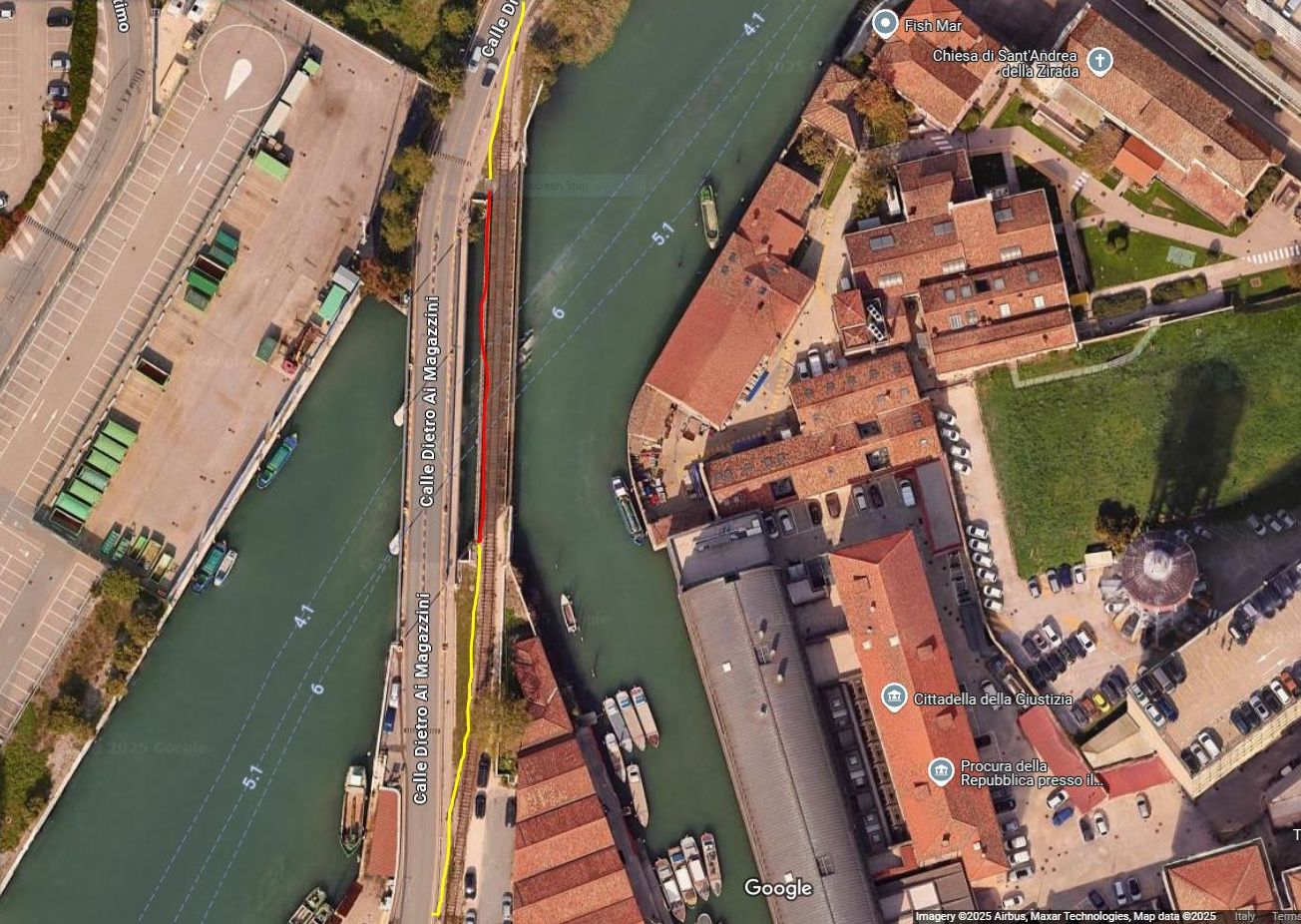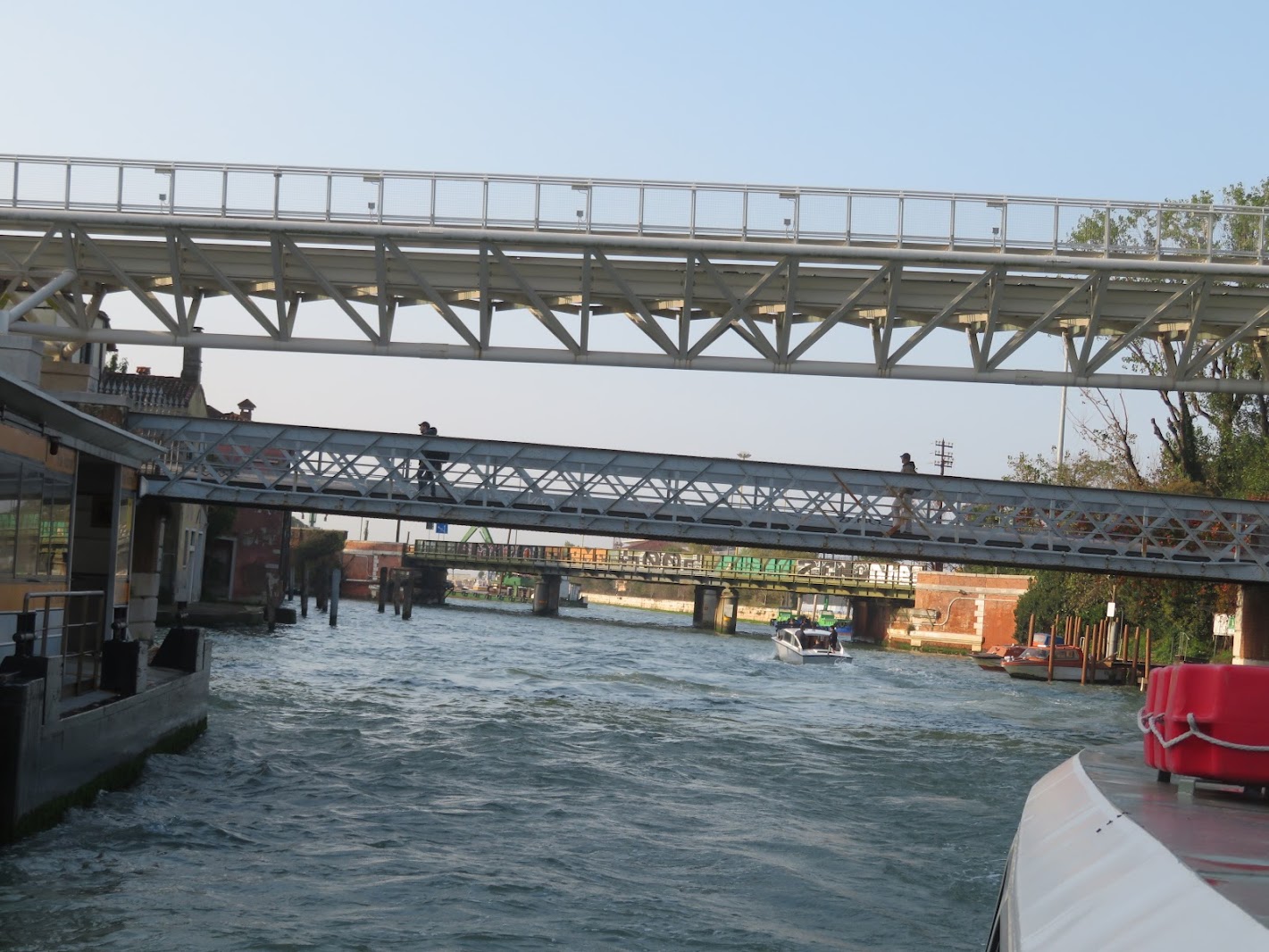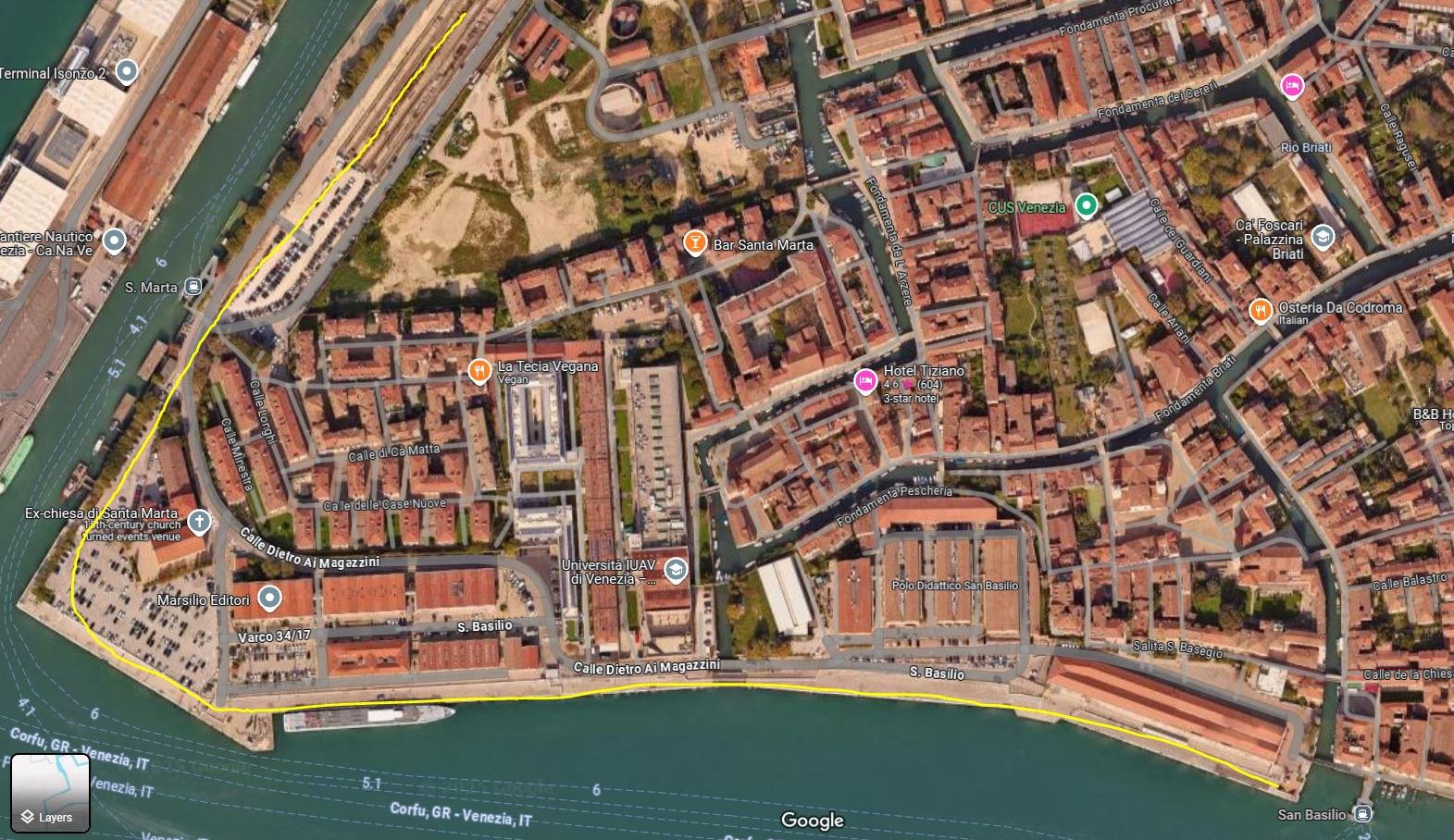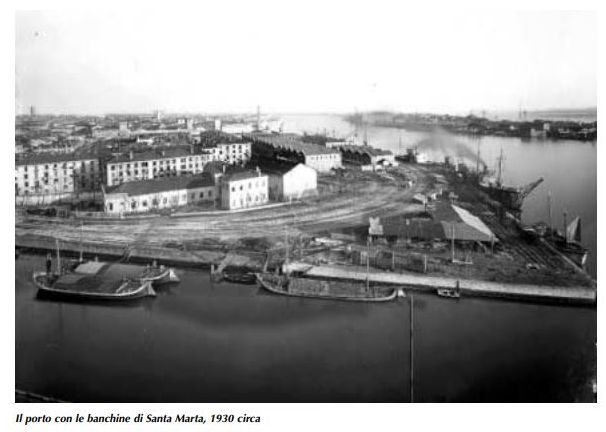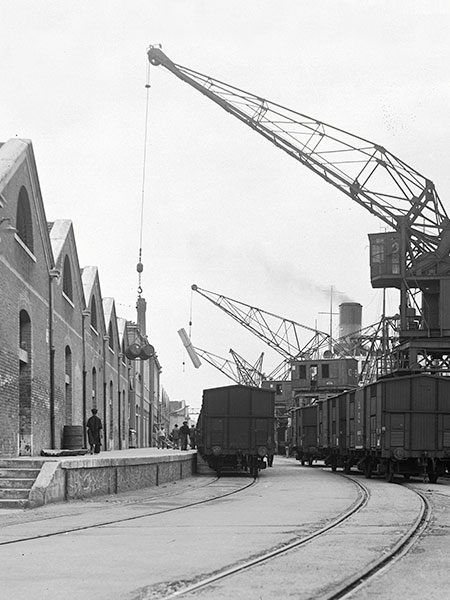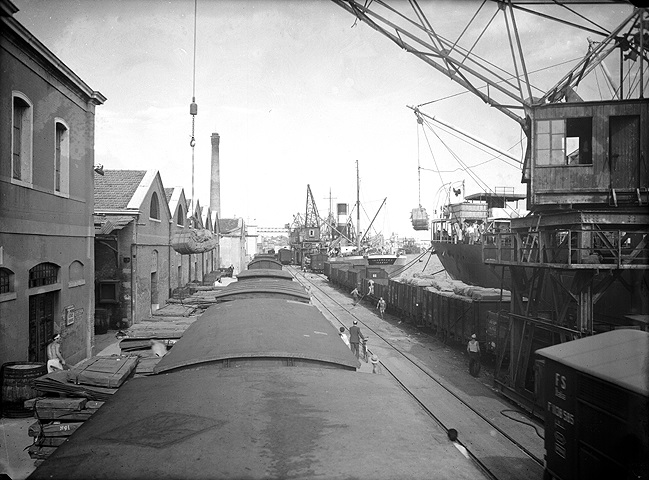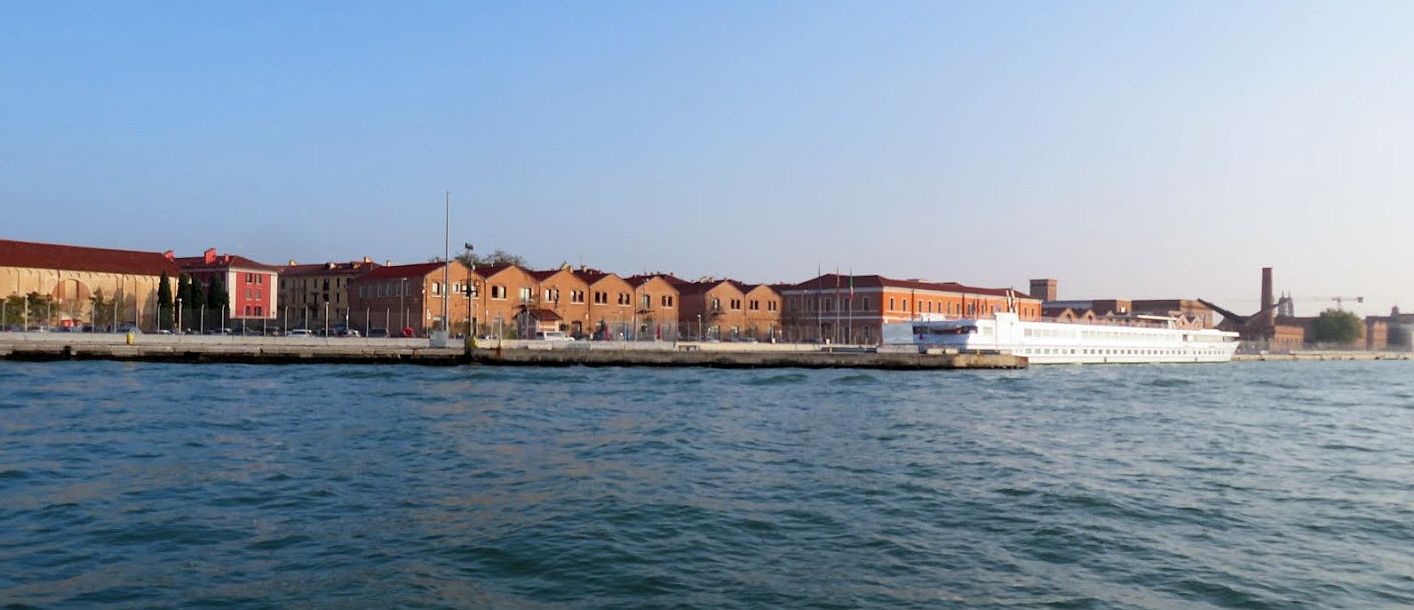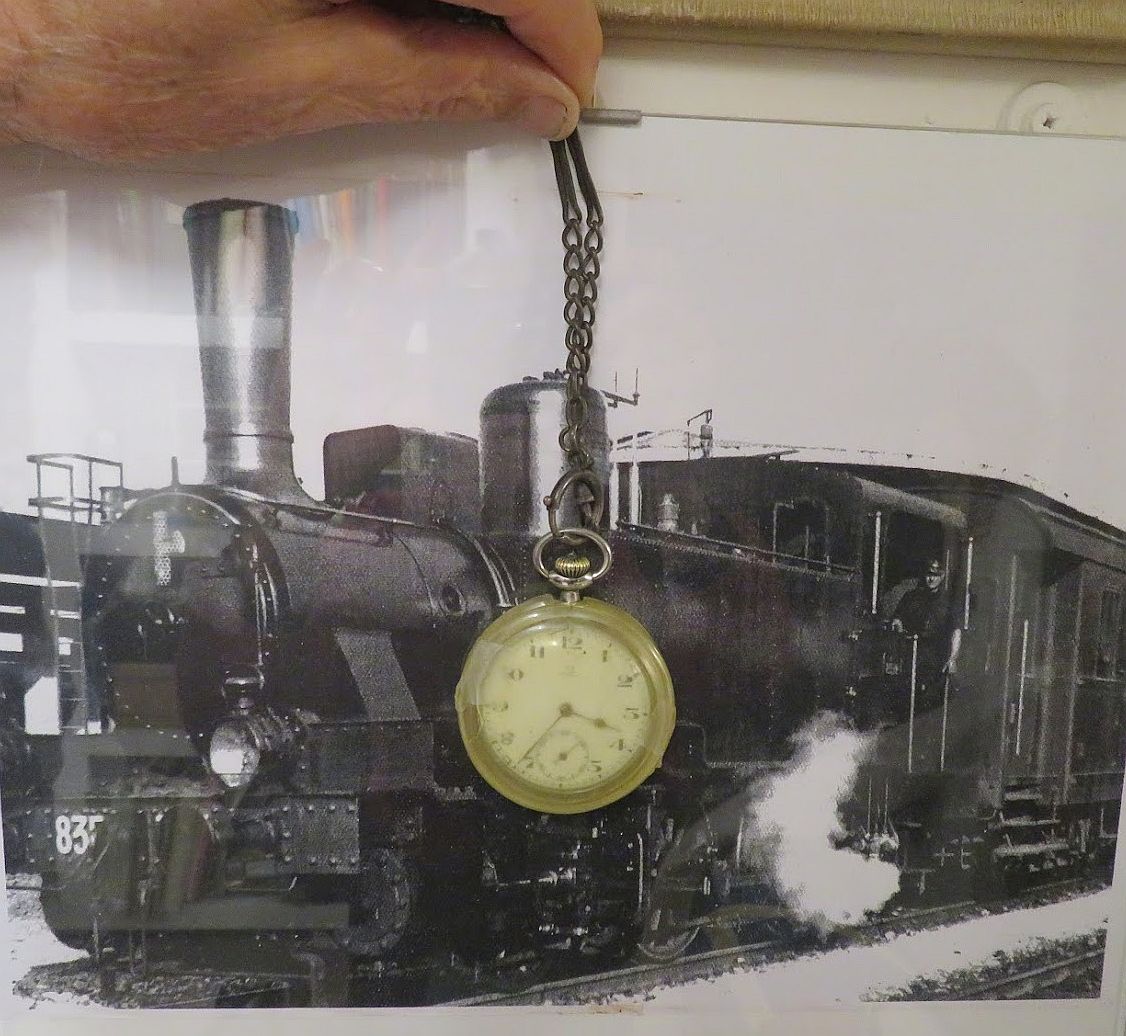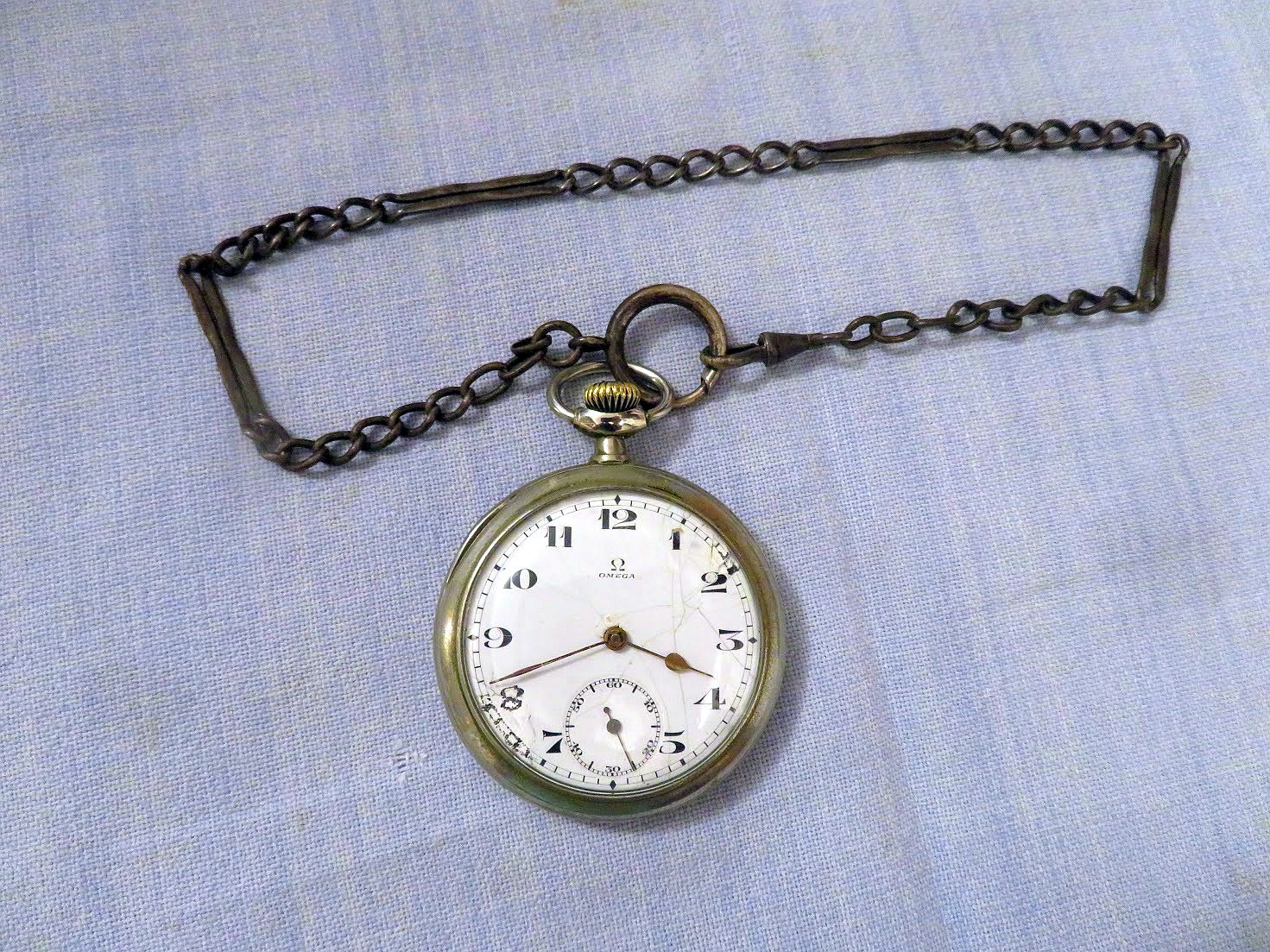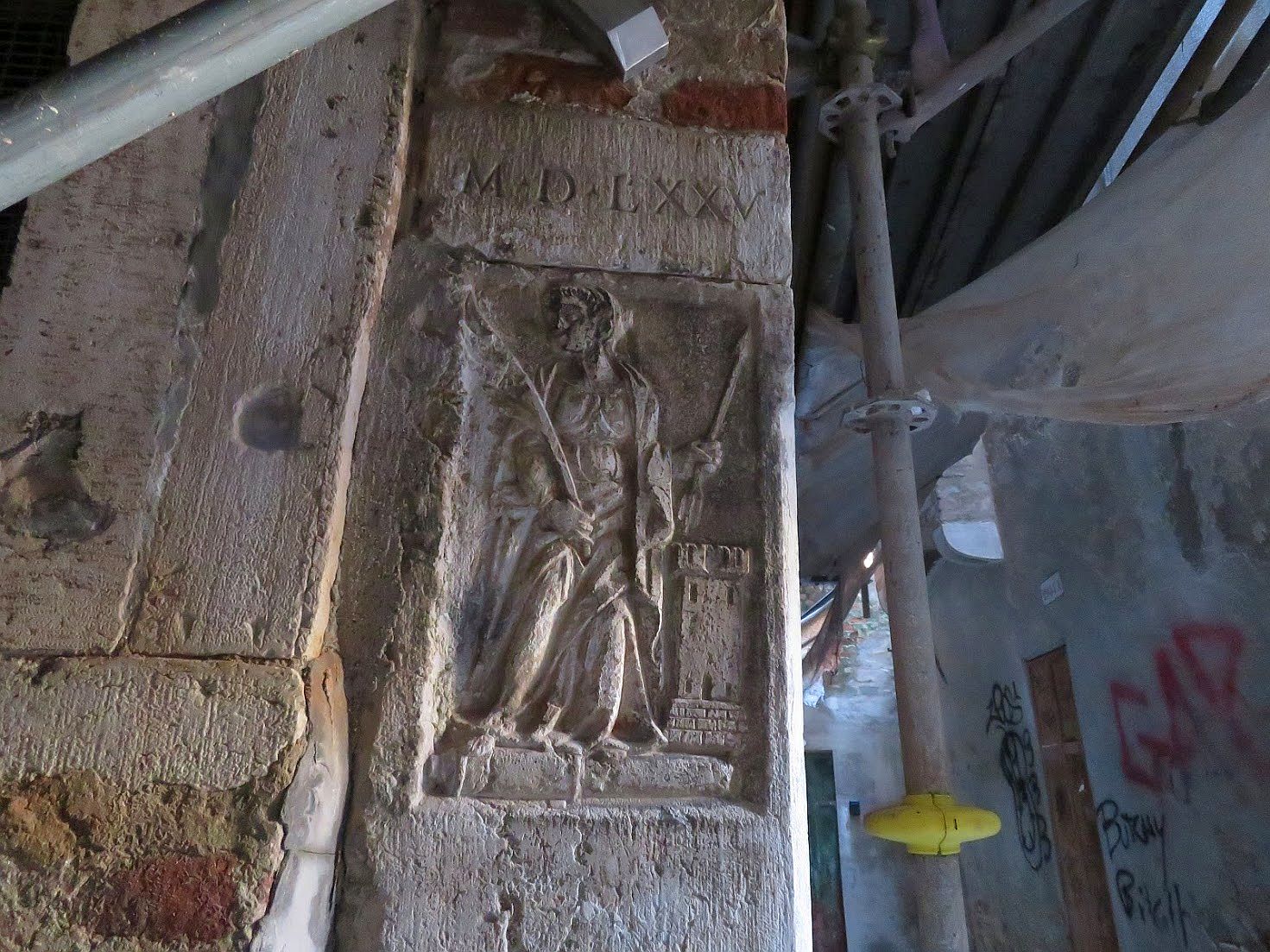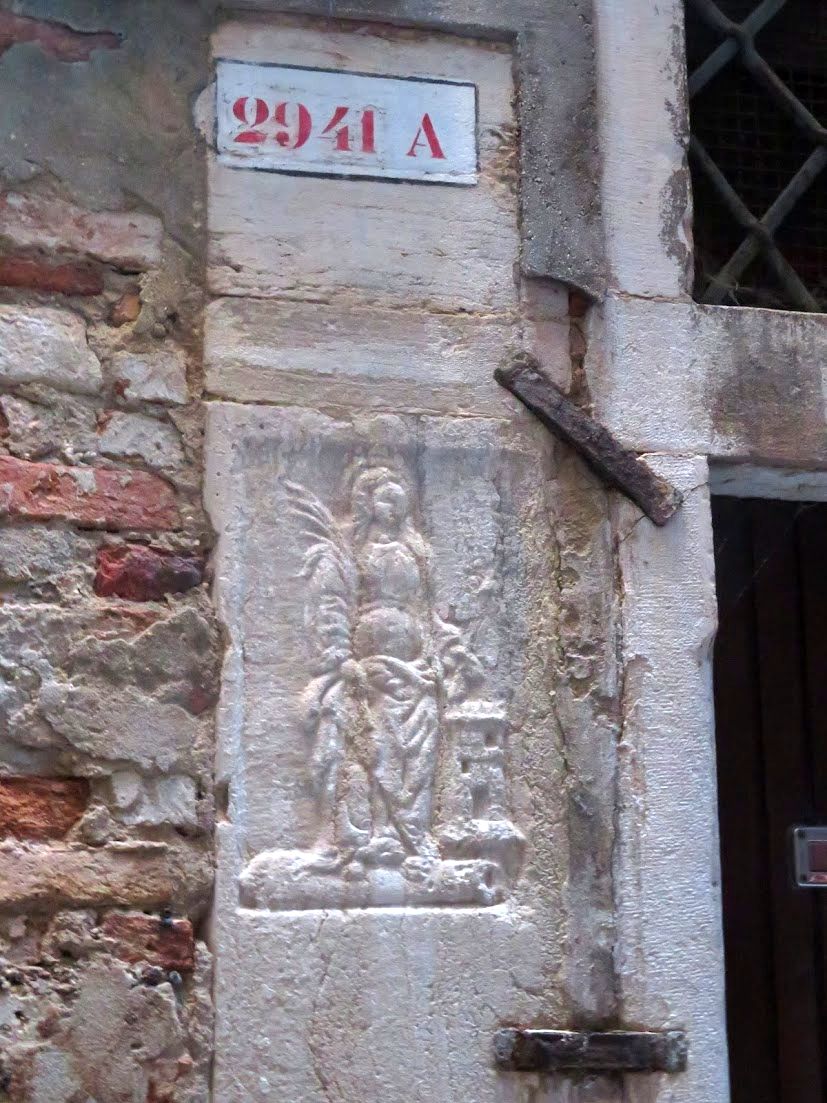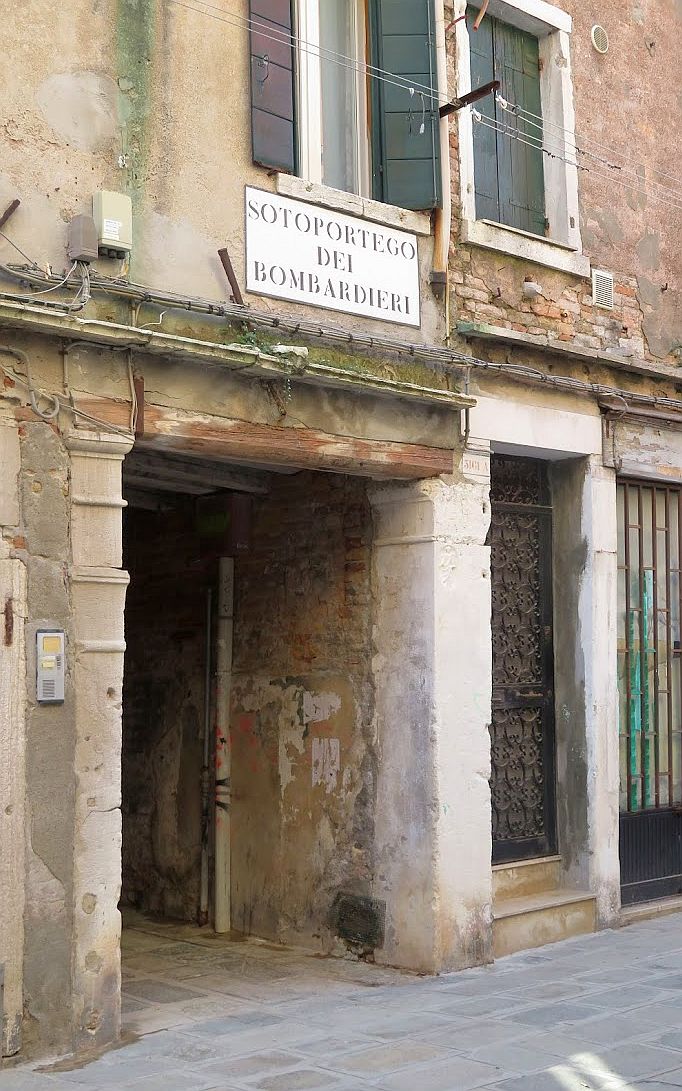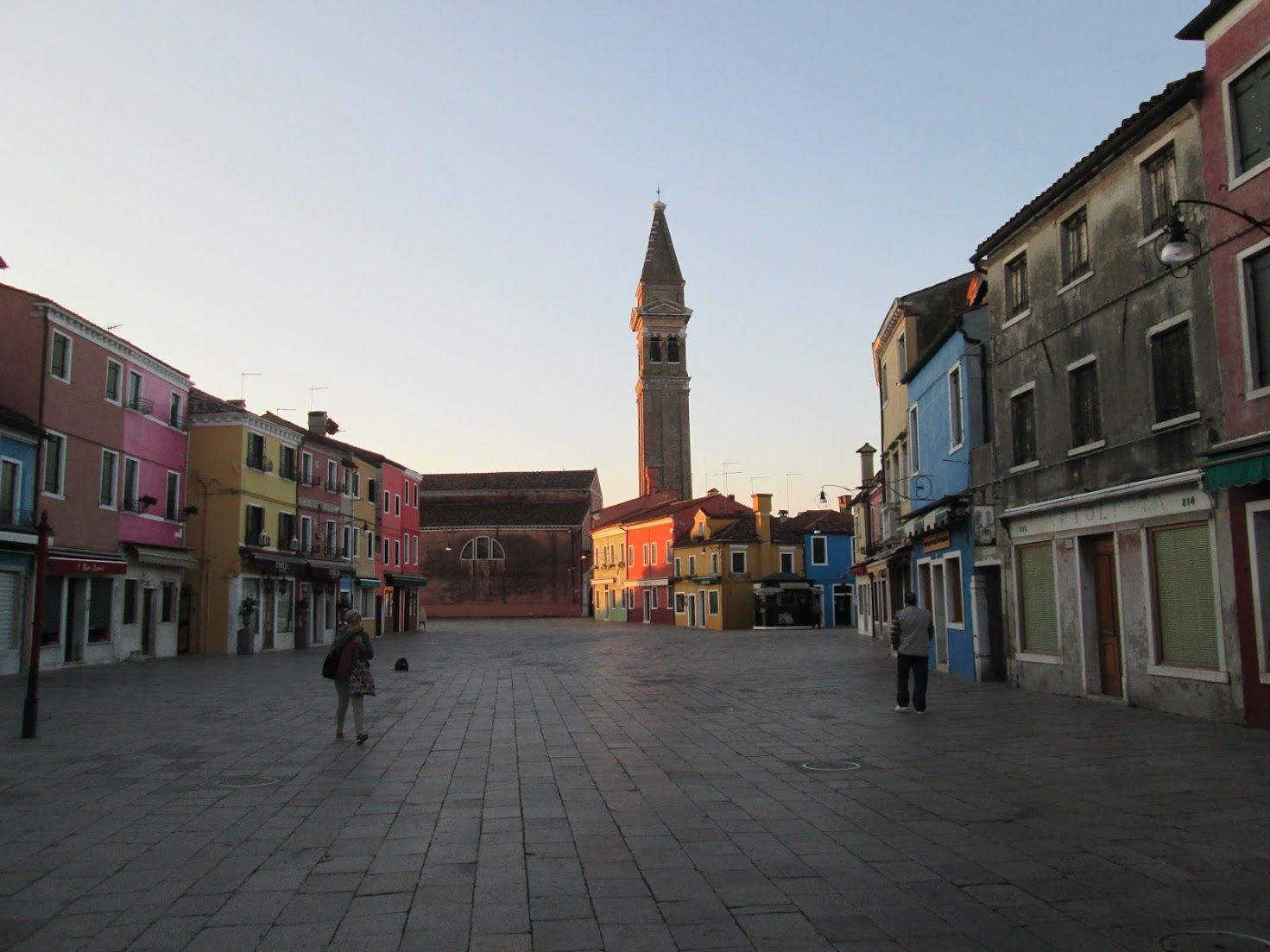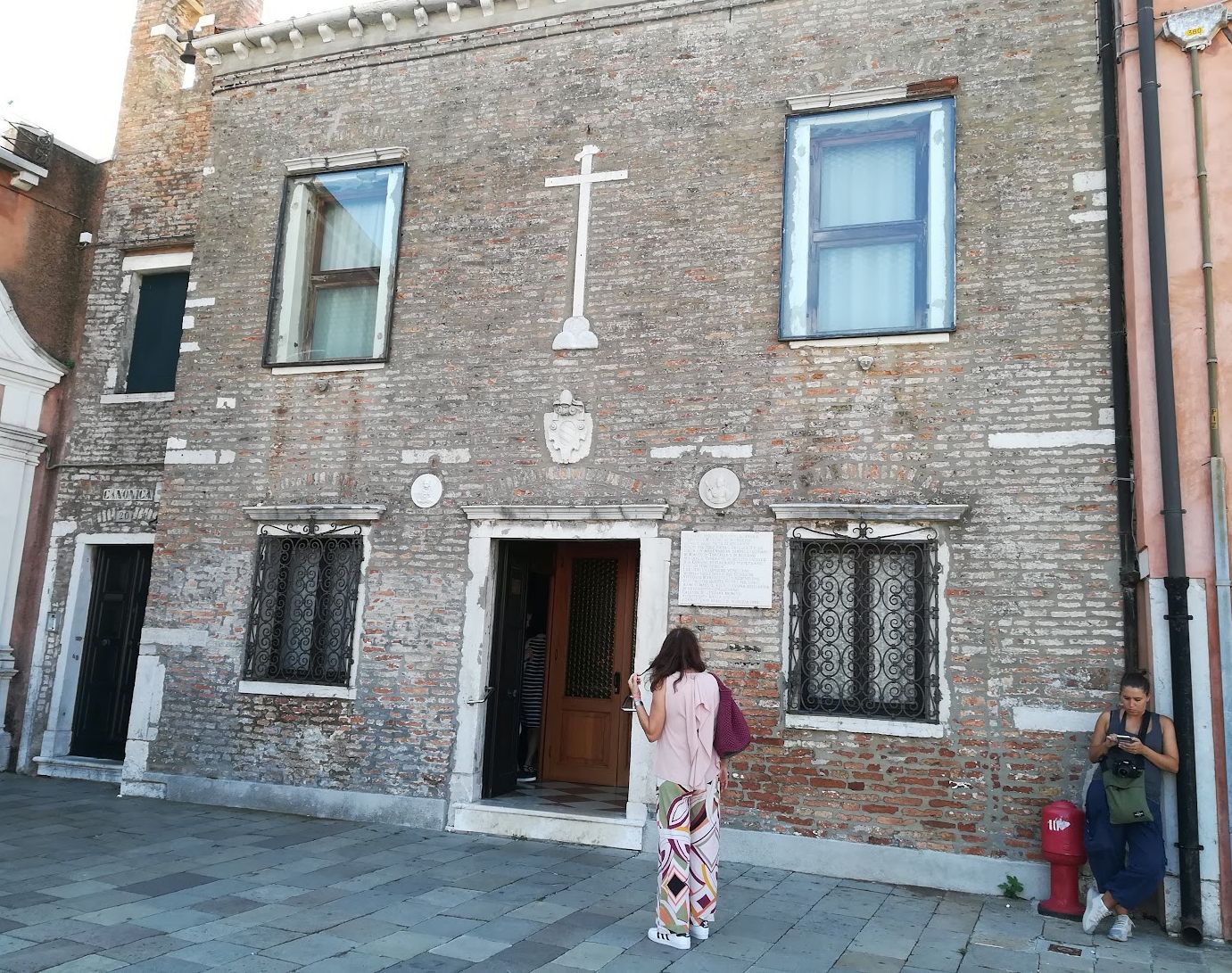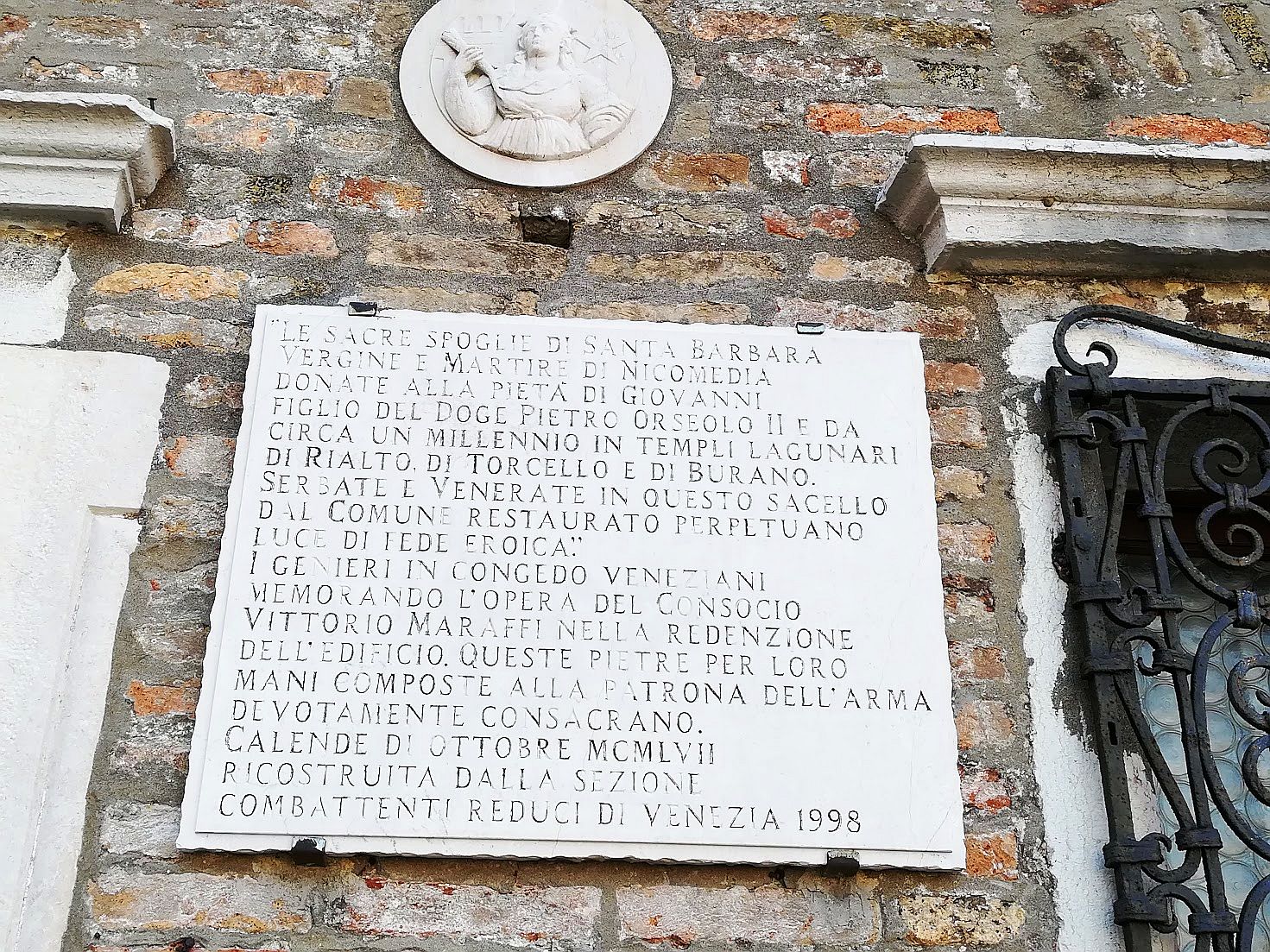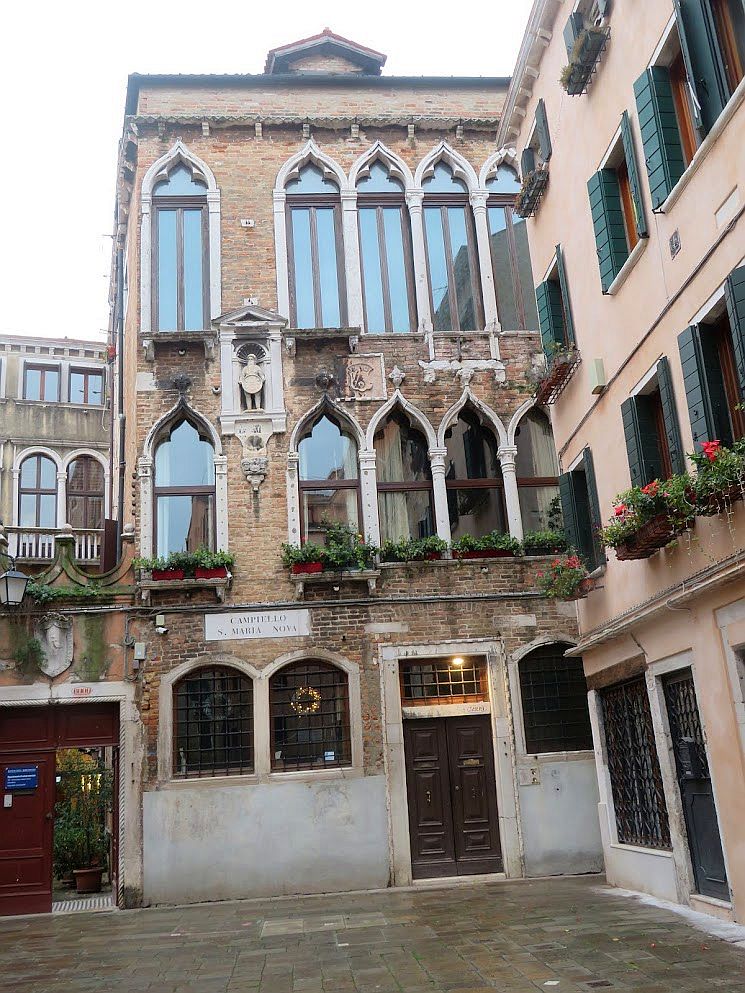


The wodewose is not some tiny creature burrowing into the walnut paneling. It’s the Middle English term for a character that has been around since the ancient of days: The “wild man,” or Wilder Mann, homme sauvage, or in Italian uomo selvadego, “forest man” (the same etymology of wodewose). If anyone is keeping track, this personage was first seen as “Enkidu” in the Epic of Gilgamesh c. 2100 BC.
The forest man (sometimes a woman) was well-known in the art and literature of medieval Europe. They are generally shown as large, covered with hair, and living in the wilderness or woods. They usually wield a club or hold an uprooted tree as a staff. They’re more of a mountain phenomenon; you don’t tend to see them around Venice.
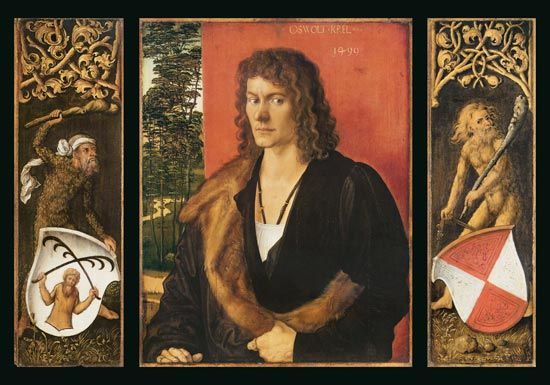
All this wondering started one morning when I was innocently loitering in Campiello Santa Maria Nova and noticed what I supposed to be a very hairy Bembo perched on his eponymous palace. Note to self: If you’ll just put your dang phone away for a few minutes and look around, Venice is one place in the world where you can count on discovering something a little, or even a lot, wild.
Giovanni Matteo Bembo (1491-1570) was reasonably remarkable, but that seems not to be why he commissioned this monument. This is not a literal portrait, you understand; it may represent Saturn, or Time. He was known to be very interested in alchemy, and this construction contains recognizeable references, not only for the depiction of an old man but the scallop-shell shape of the top of the niche, and the shell beneath the marble tablet at his feet. Alchemists used the scallop shell as a coded sign of recognition among them, symbolizing their search for universal consciousness. Or so I’ve been told.
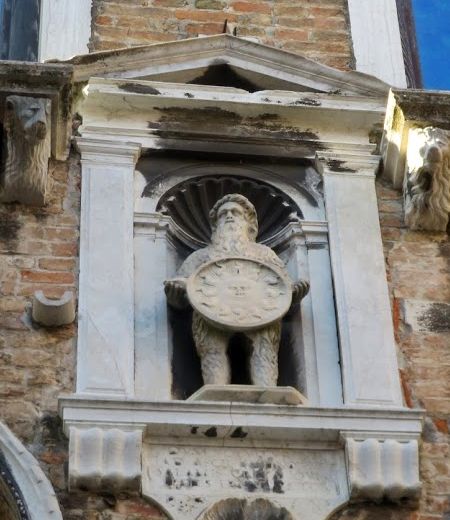
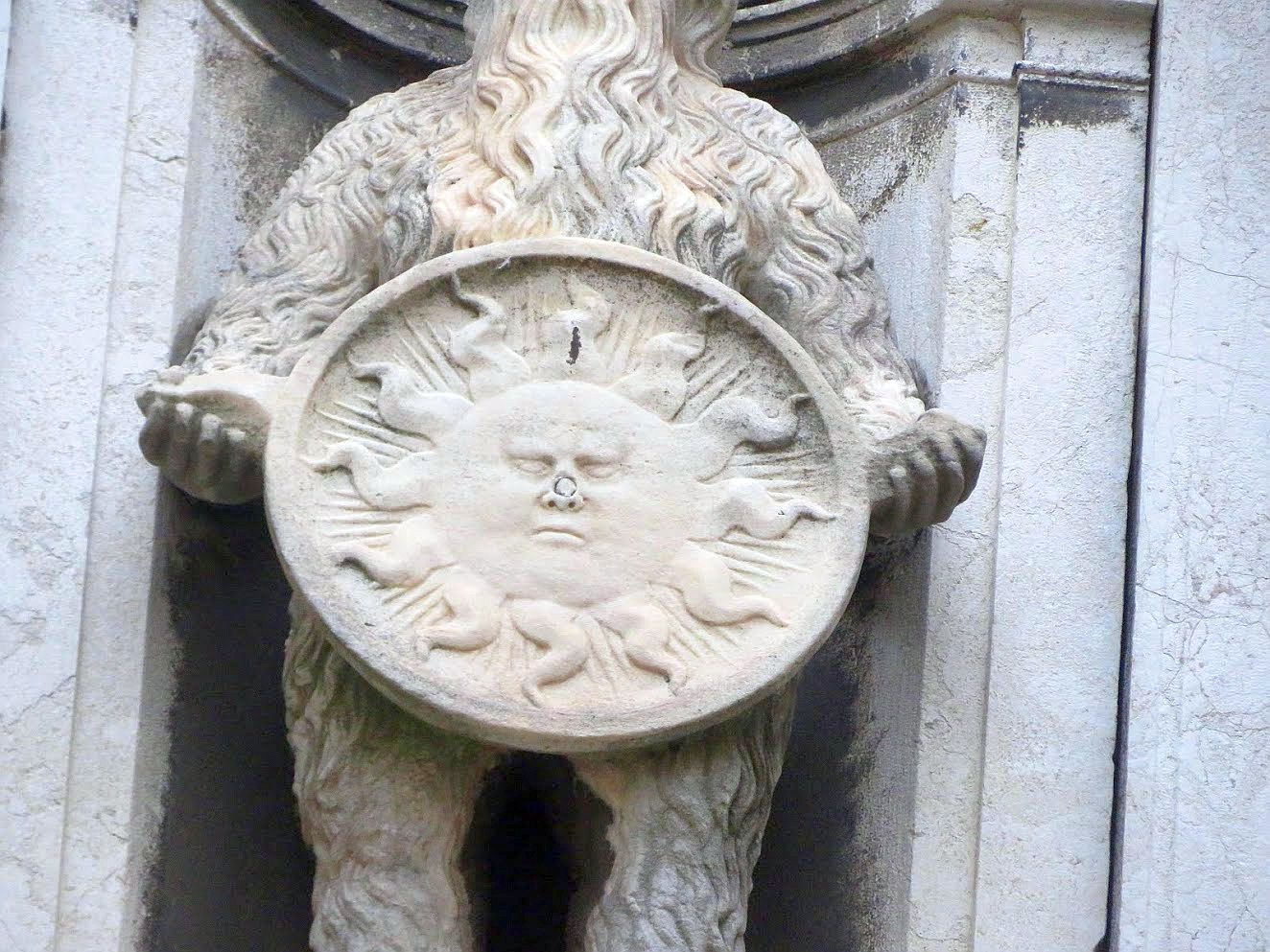
I’m all for mythic elements, but patting yourself on your back was very un-Venetian; whatever you did was for the glory of Venice, not you. The inscription at his feet gives the game away.
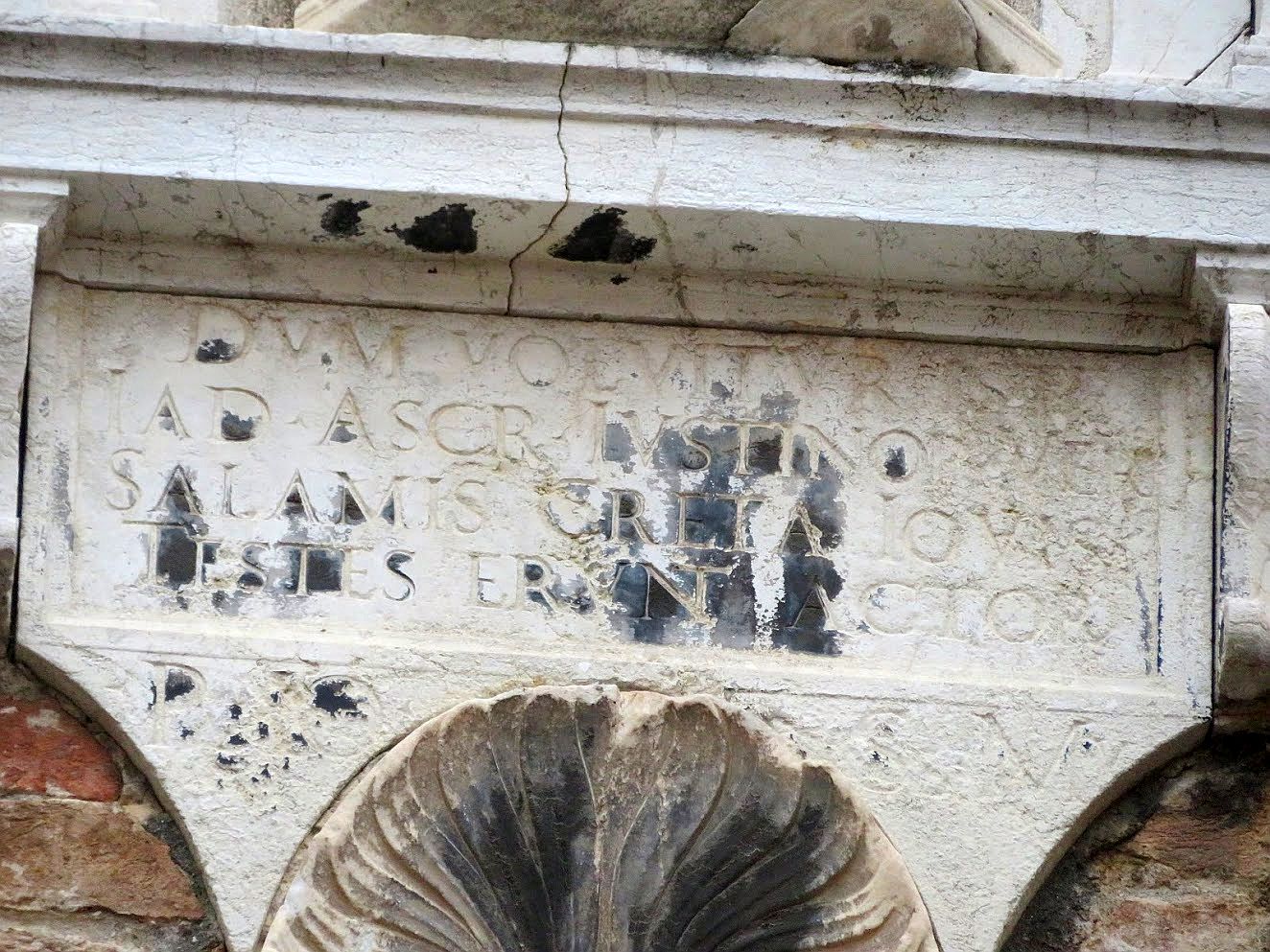
Interpretation: “As long as the sun turns around the poles, the cities of Iadera (Zadar), Ascrivium (Kotor), Iustinopolis (Capodistria), Verona (Verona), Salamis (Cyprus), and Creta Iovis (Crete, the cradle of Jove) will testify to his actions (Actorum).” The final four abbreviations are for the names Paolo Iovio, or Giovio, and Sebastiano Munstero, who in their histories had mentioned Bembo’s accomplishments.
Alchemy aside, Bembo was a conscientious and capable administrator. As governor of Heraklion, the capital city of Crete (“the cradle of Jove”), he showed himself at his best. Between 1552-54 he built not only the city’s first aqueduct but also this lovely and very useful fountain in Cornaro Square. It was the first time that running water was seen in the city, so big respect to him for this. Anyone who has ever spent a blazing summer day in Greece doesn’t need to be told what a glorious thing this fountain was. Note: Undoubtedly there was water already in the city, probably via wells. Not fountains.
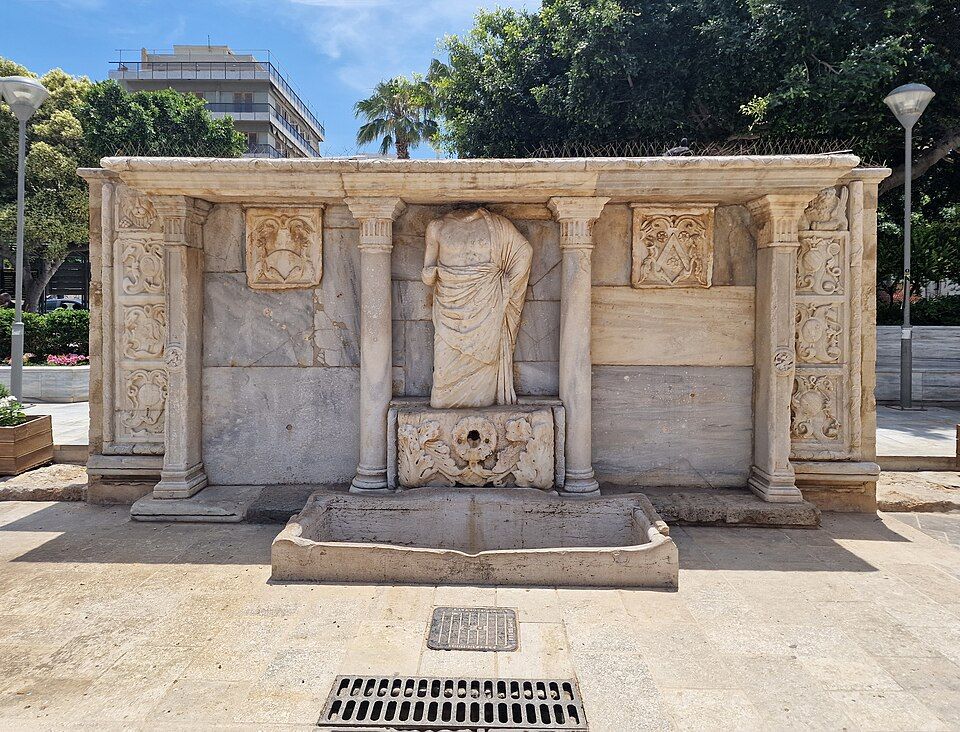
But back to our man on his plinth.
Why so hairy? The wodewose represents the Id, the indomitable antagonist of culture, civilization, rationality, and his pelt perfectly symbolizes his animalistic nature. Unfettered, untrammeled, un-whatever you want. He is humanity’s natural self — raw strength, passion, aggression — the opposite of civilized society, but also embodying deep, primal energy, an image of our darker, instinctual side. You know — before razors.
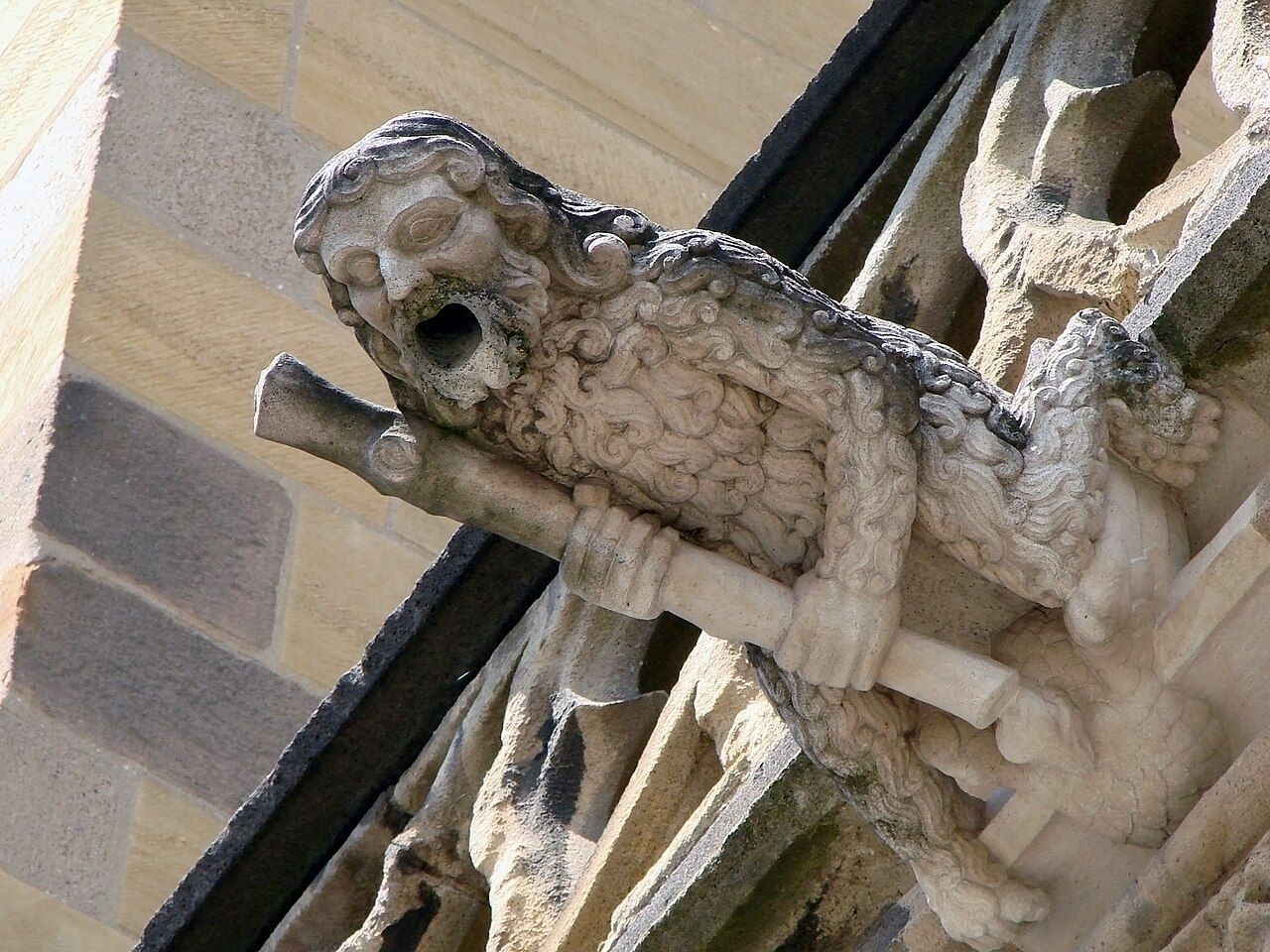
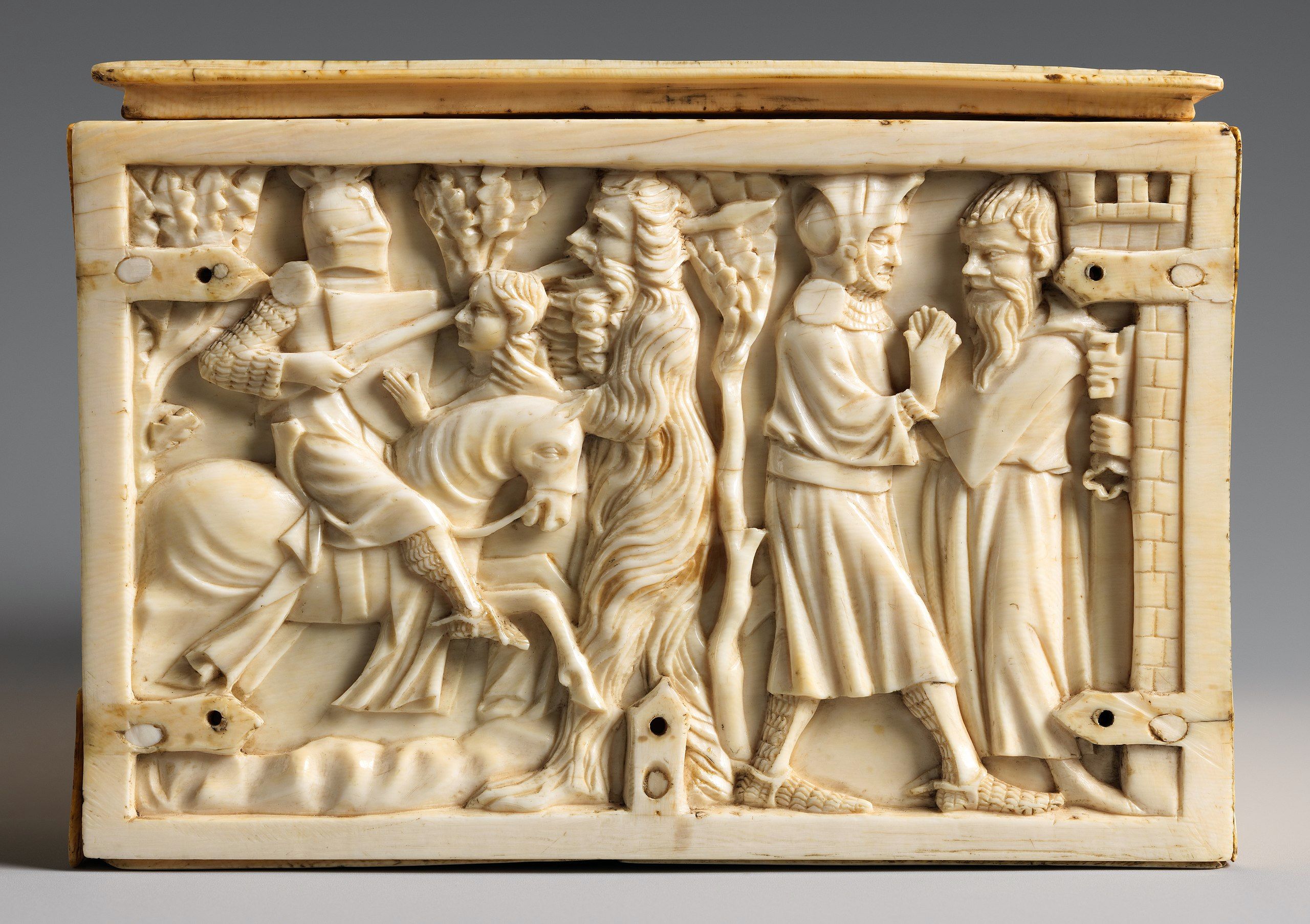
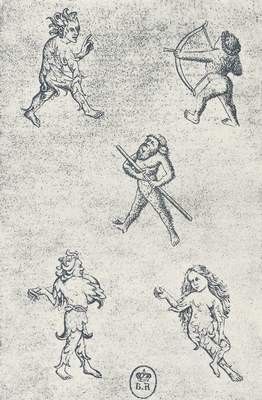
I’m glad I discovered a worthy Venetian and his equally worthy alter ego. A day without learning something useless is a day just thrown away. And I’m guessing that woodwoses (wosi?) throw nothing away.













